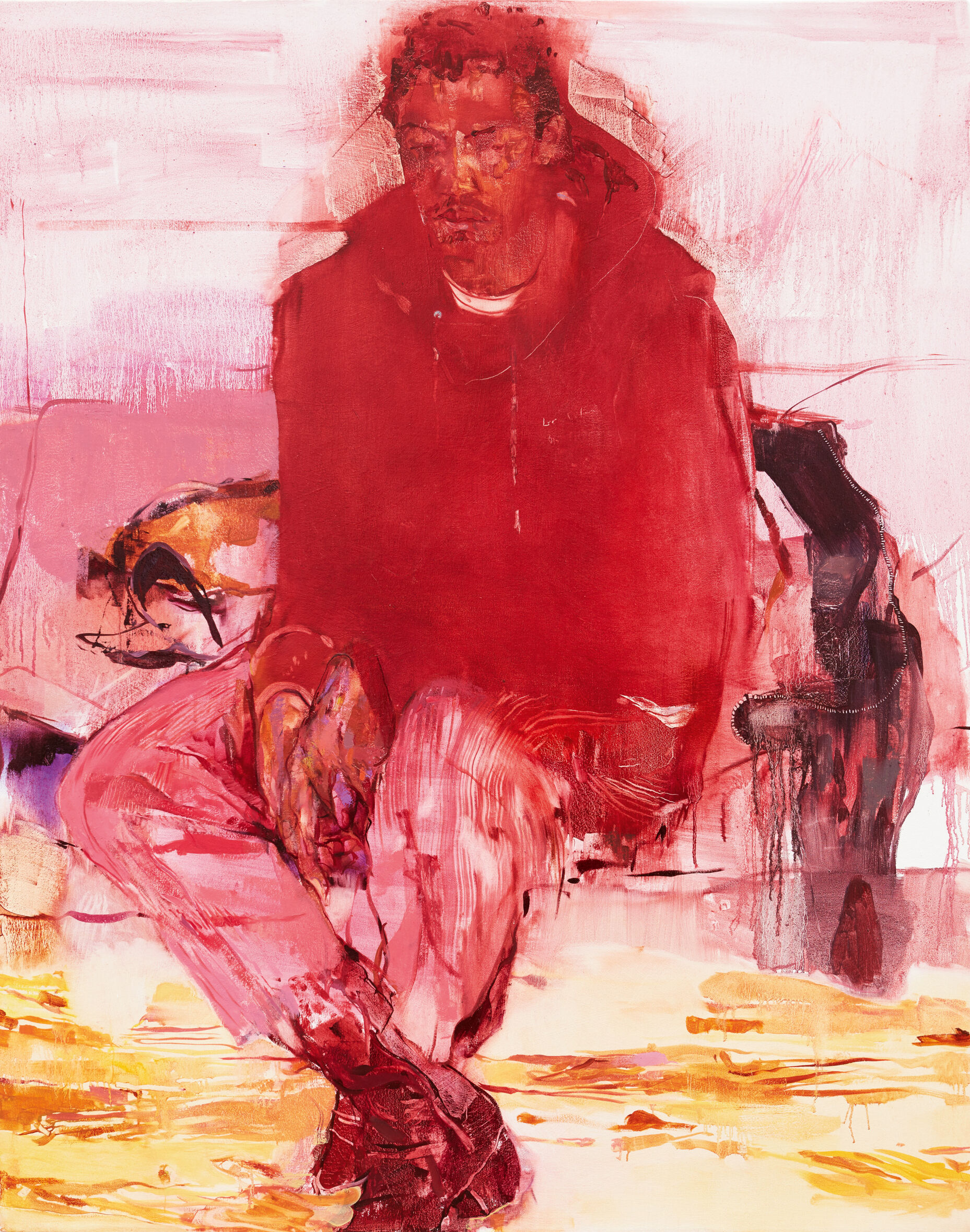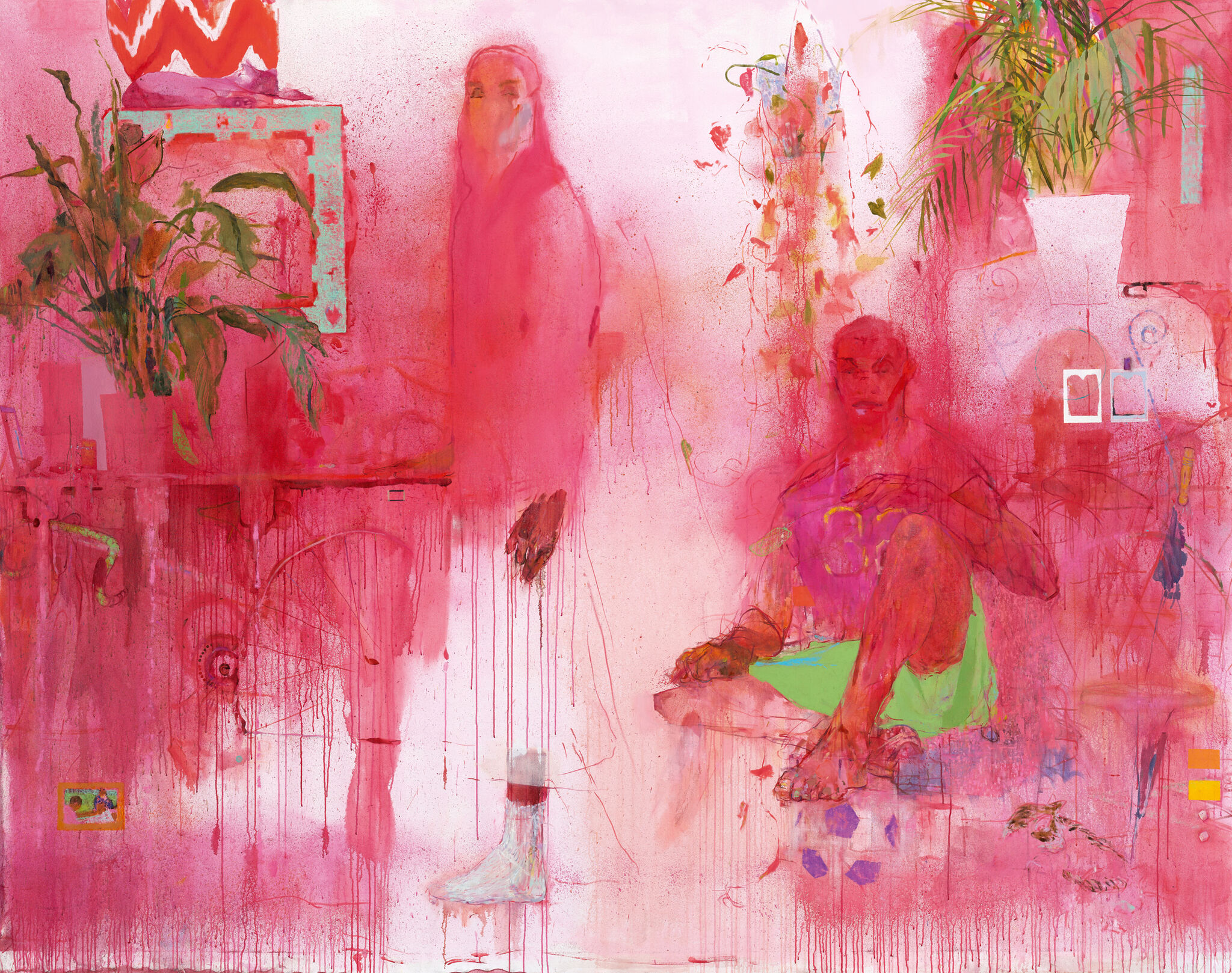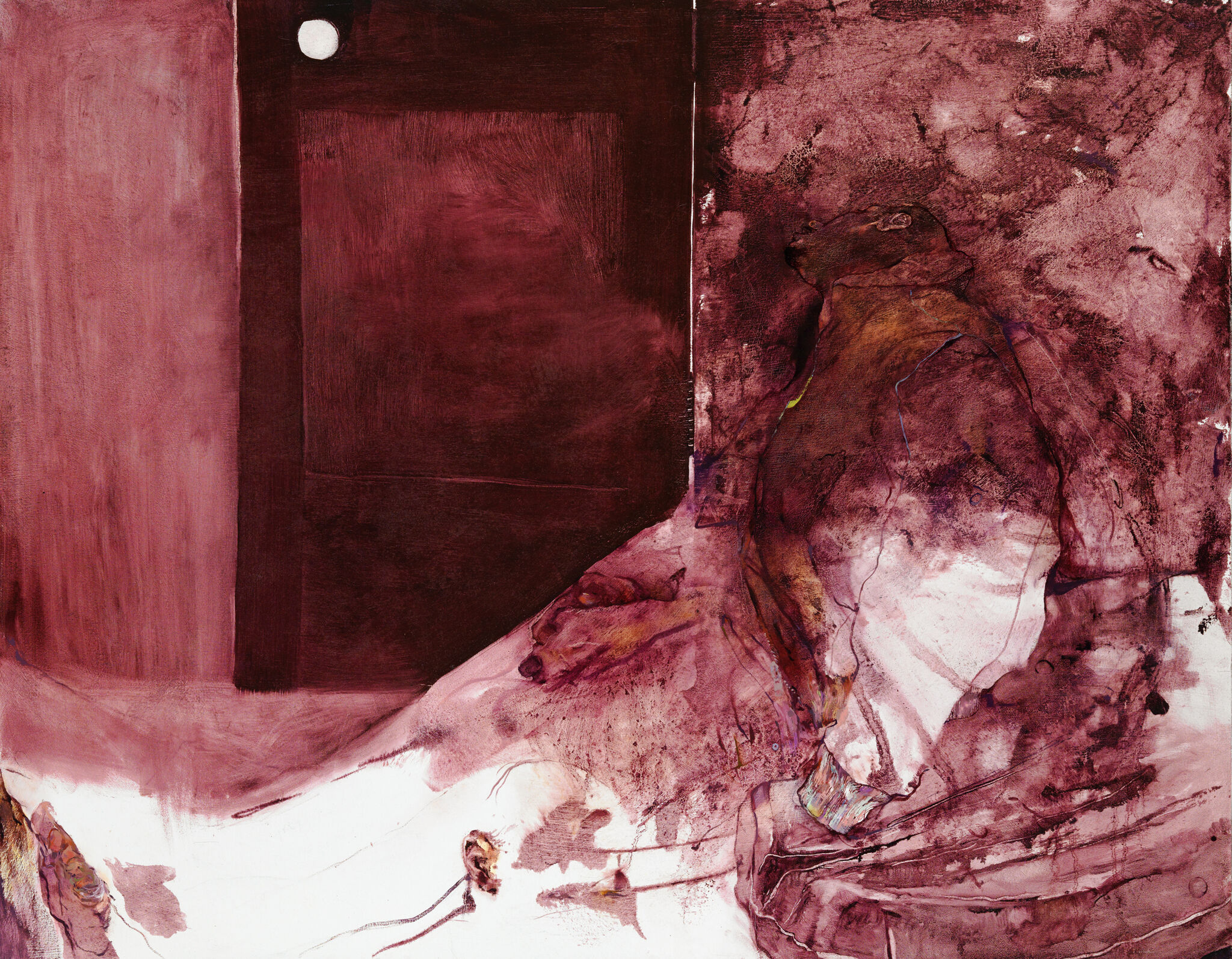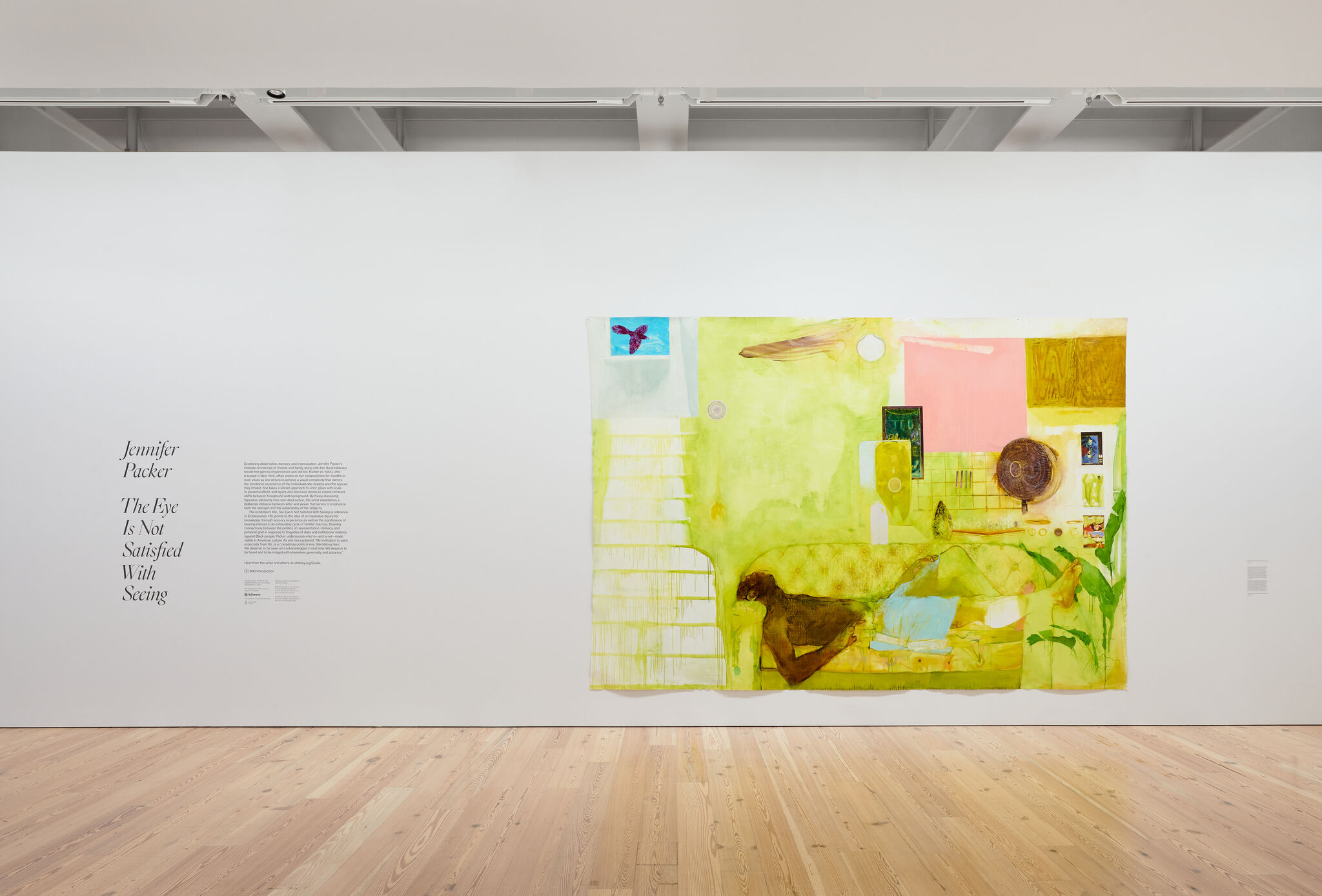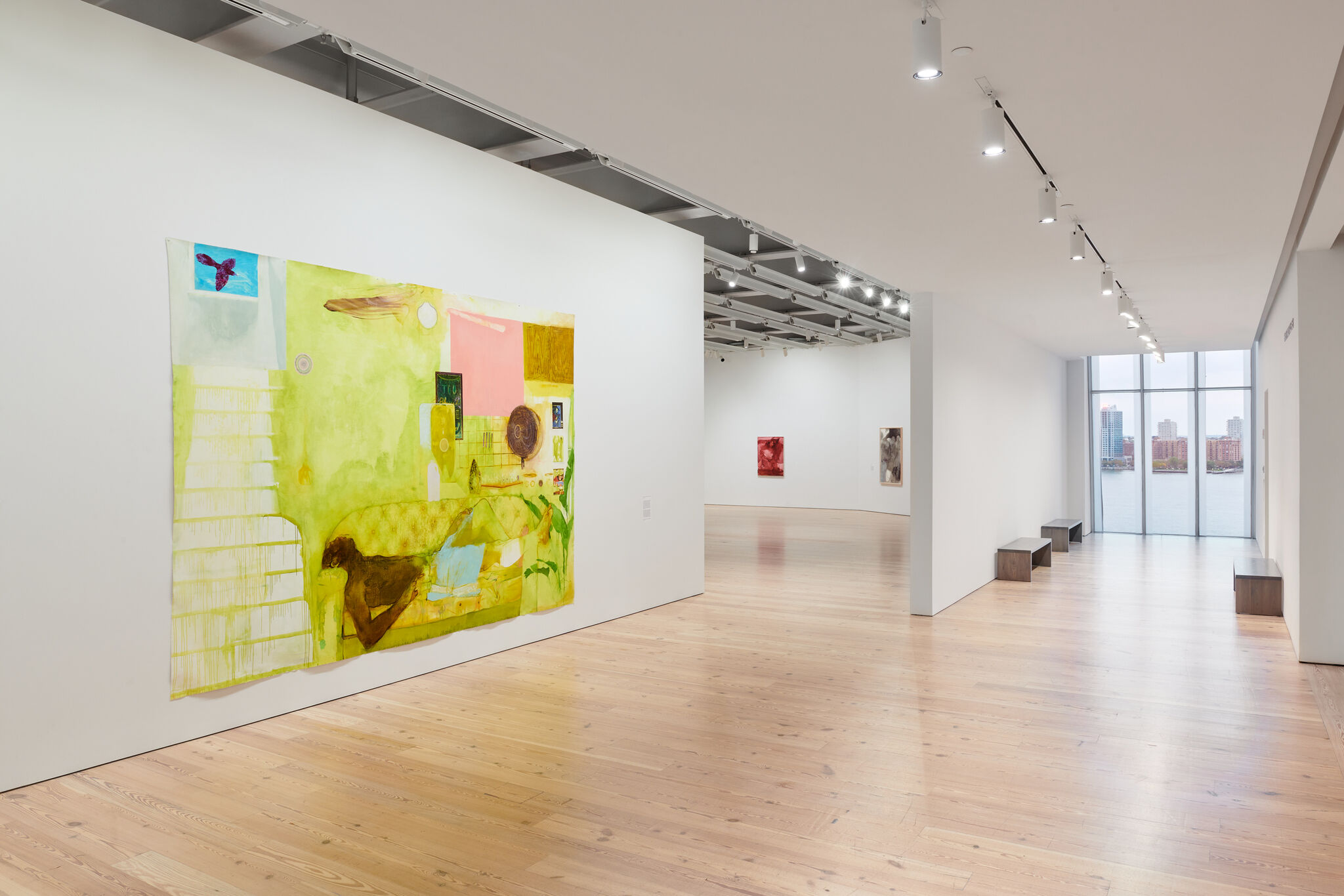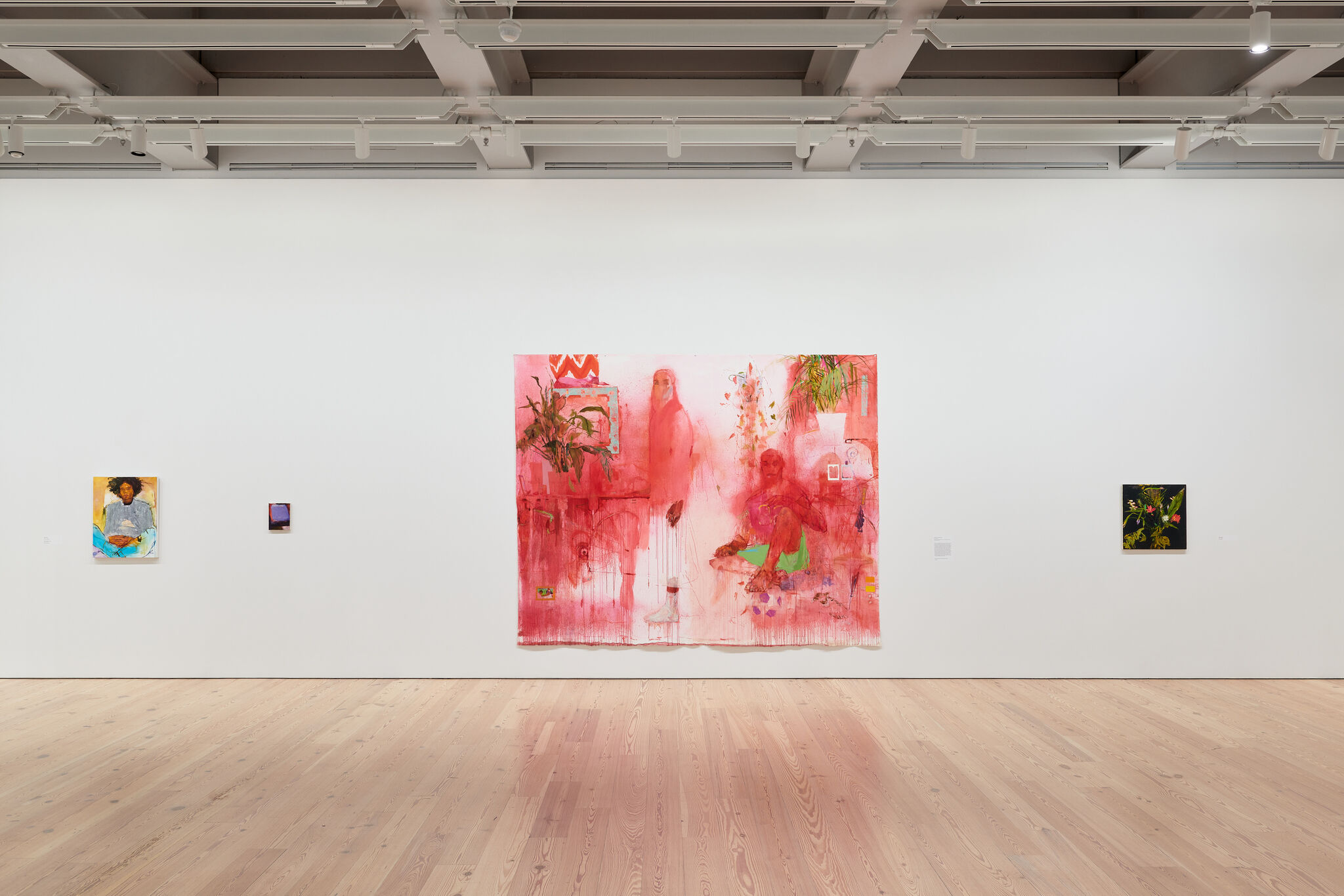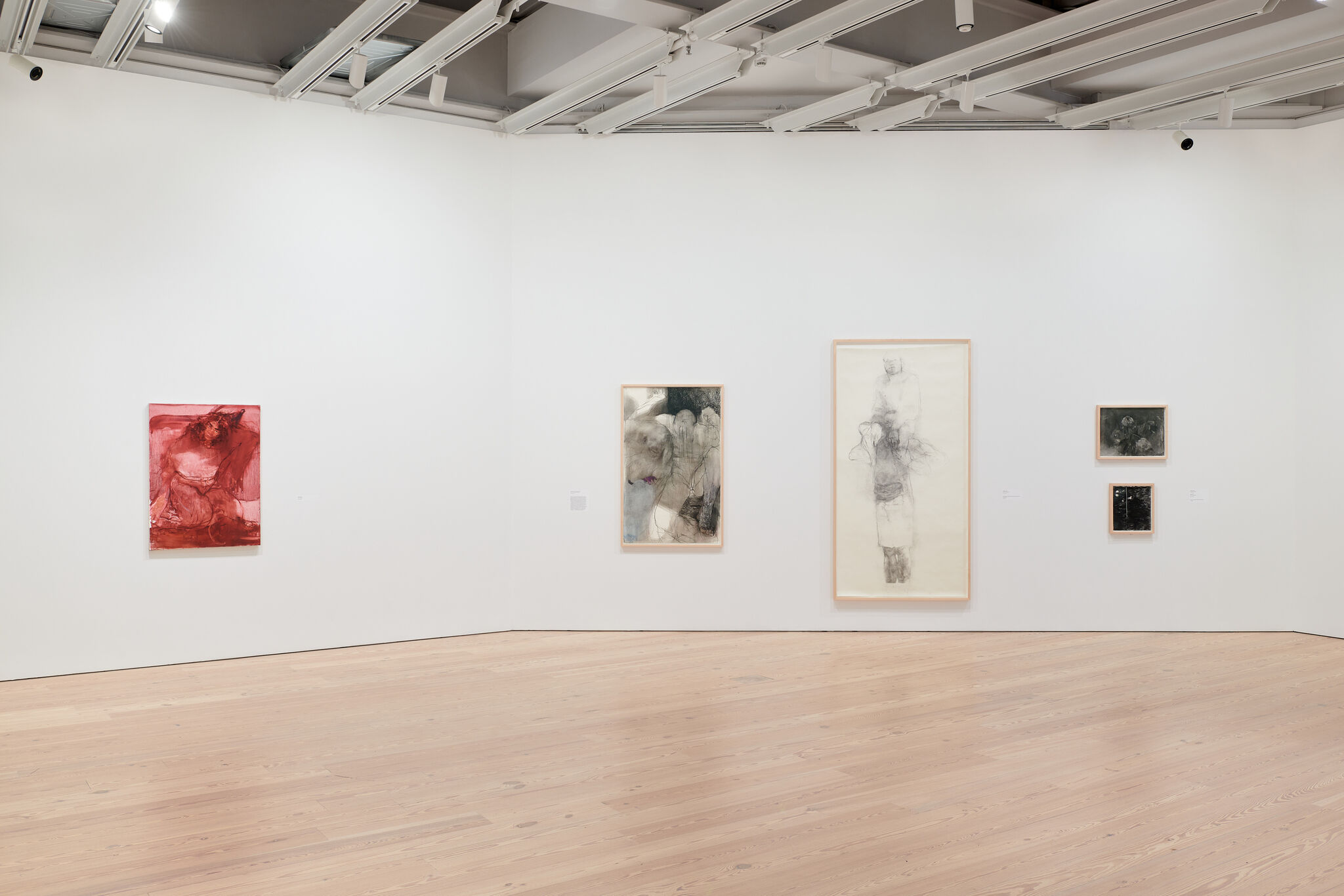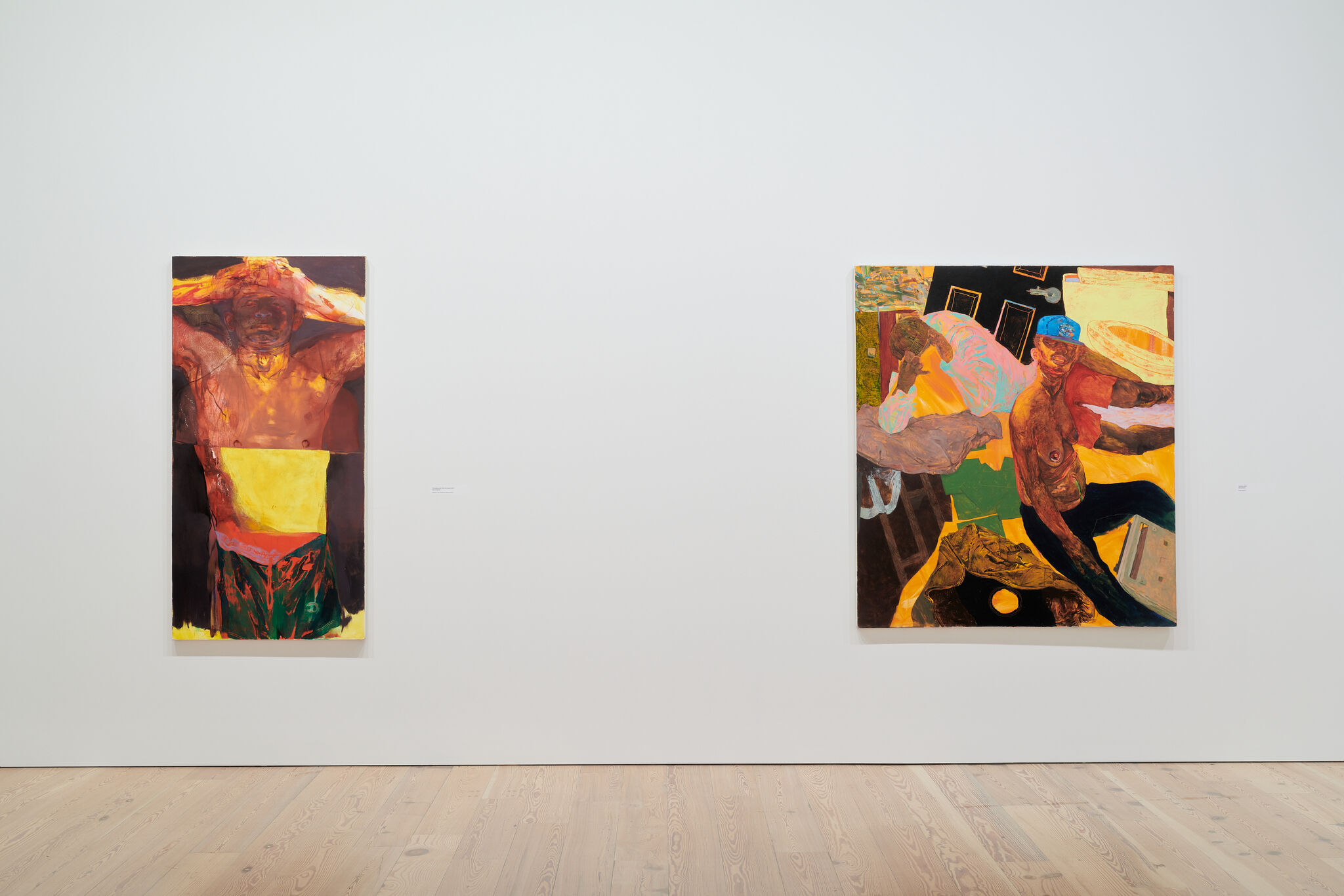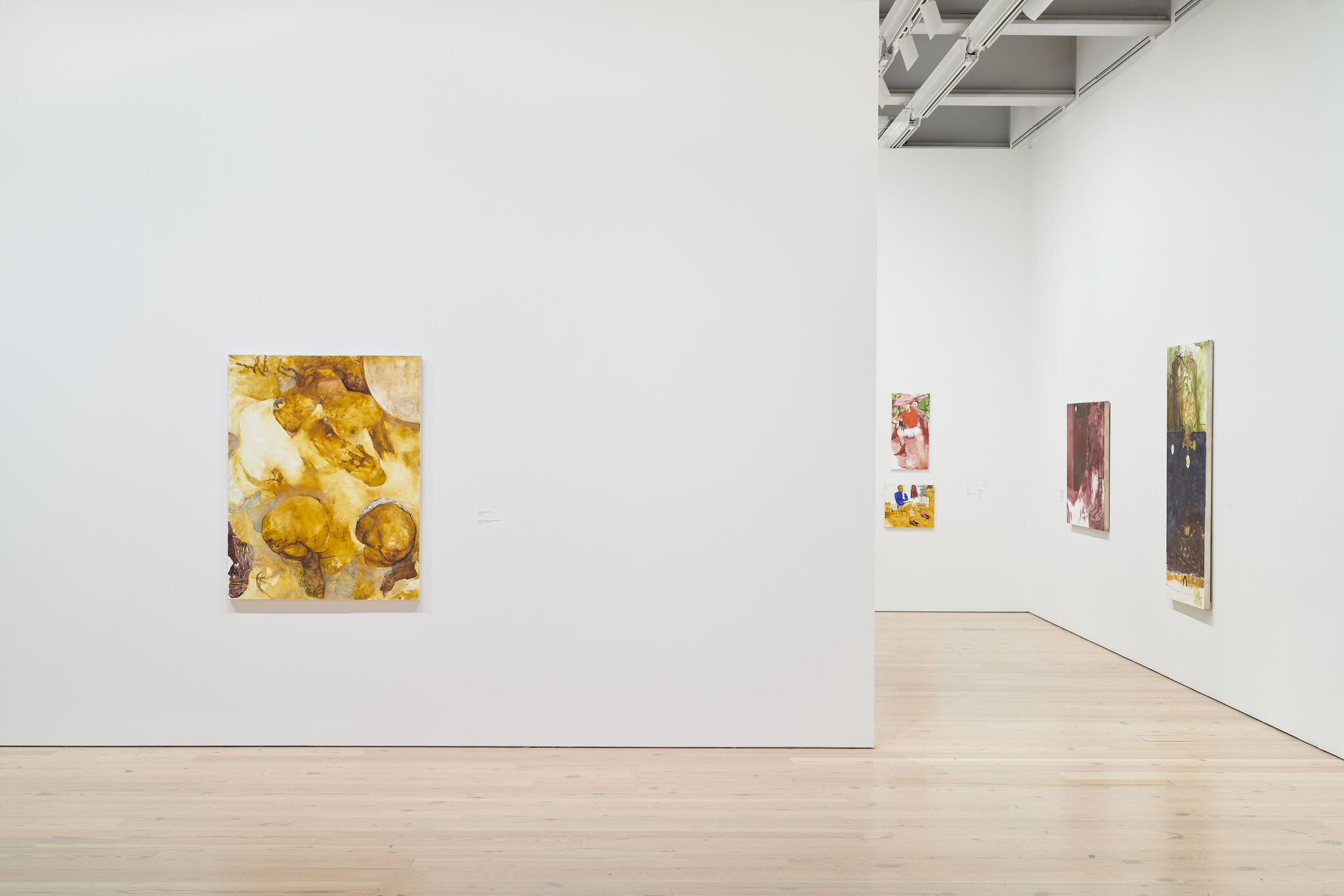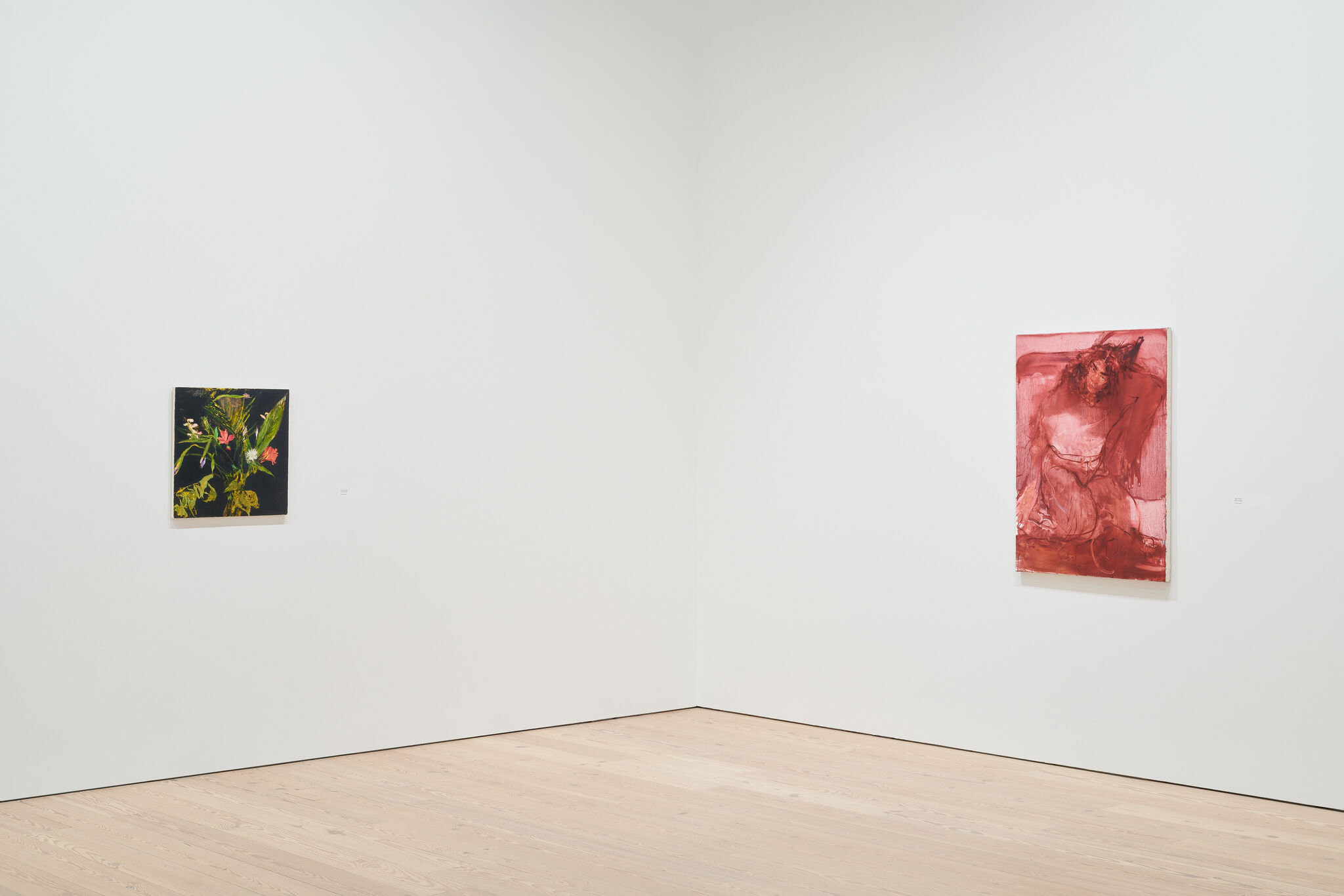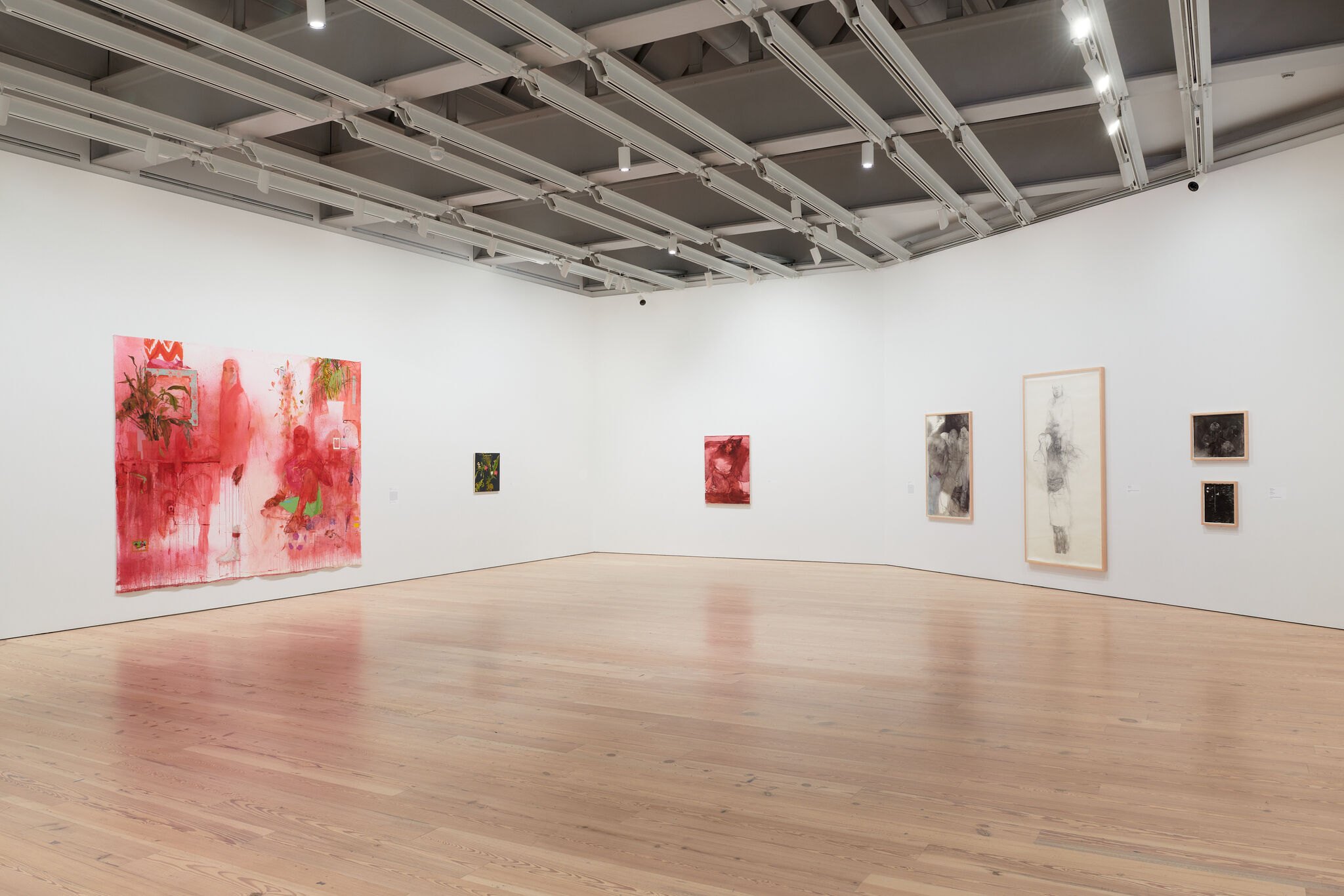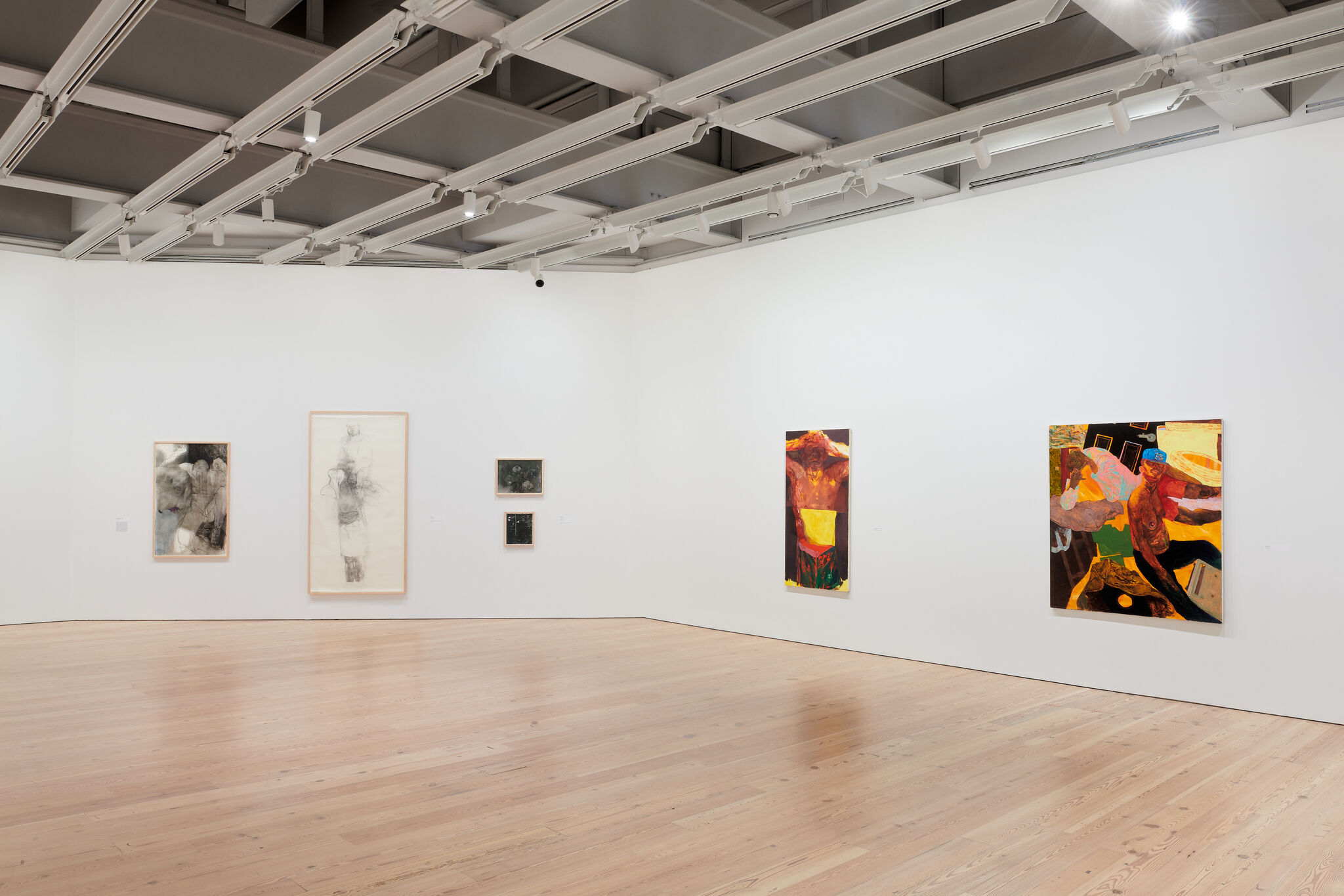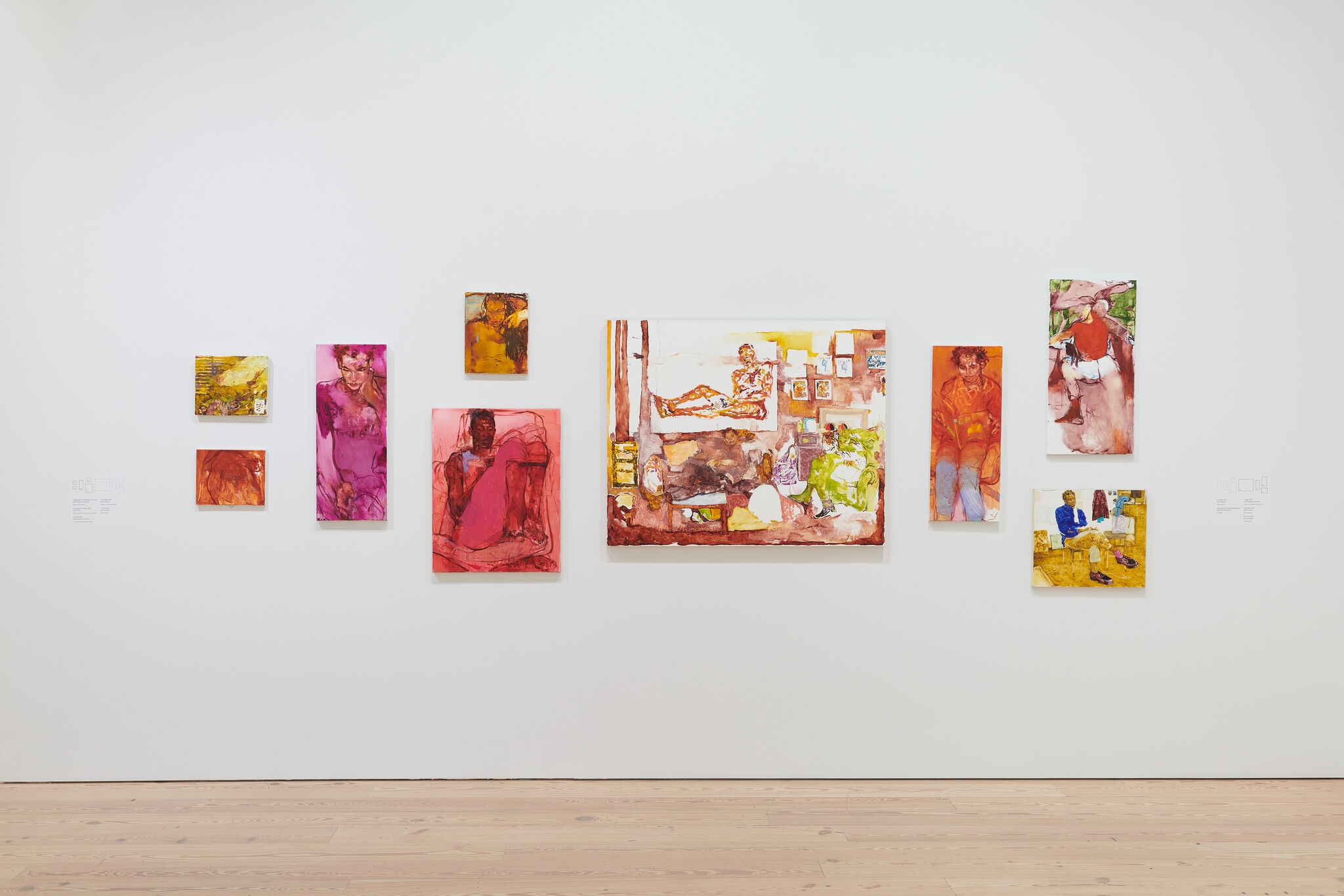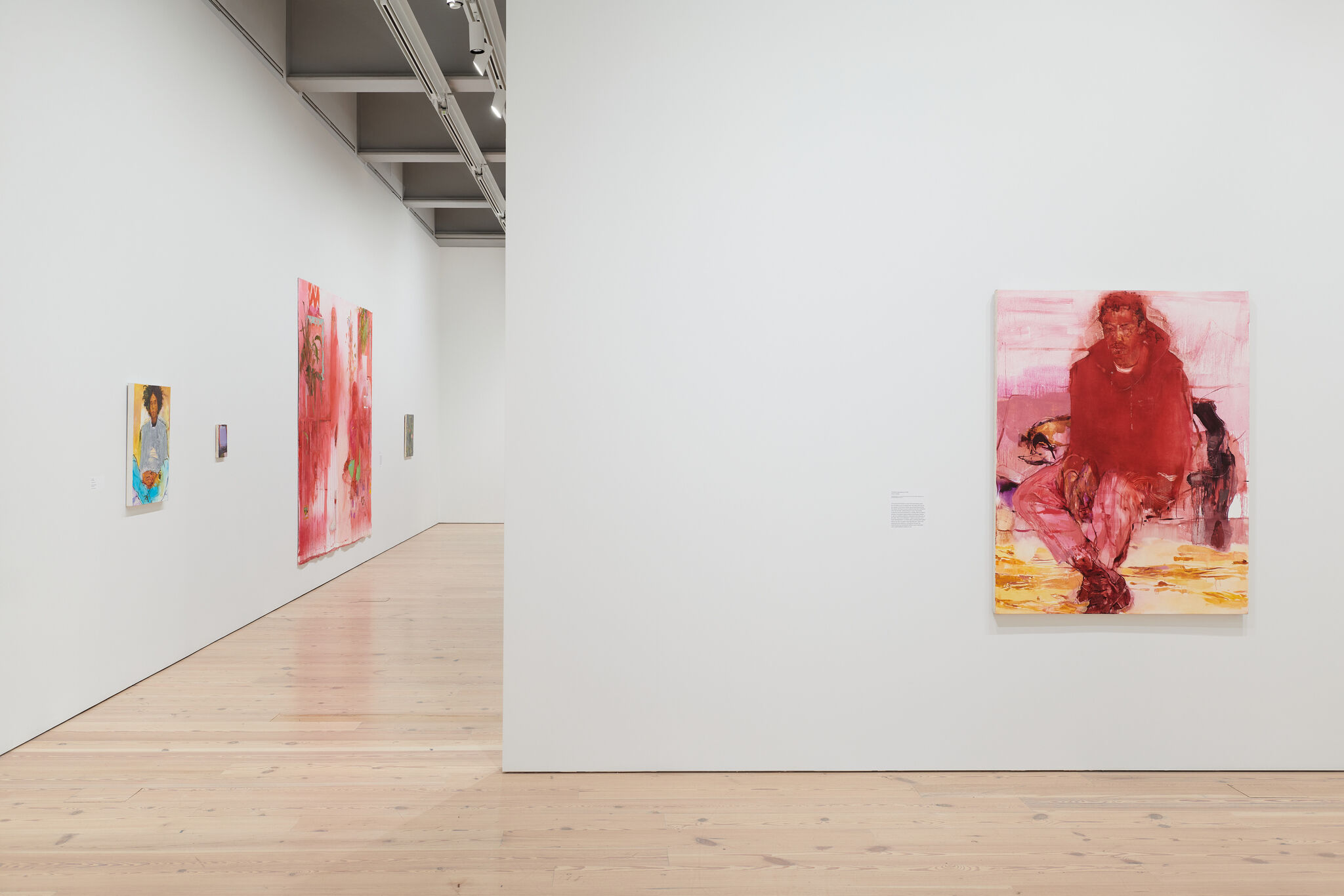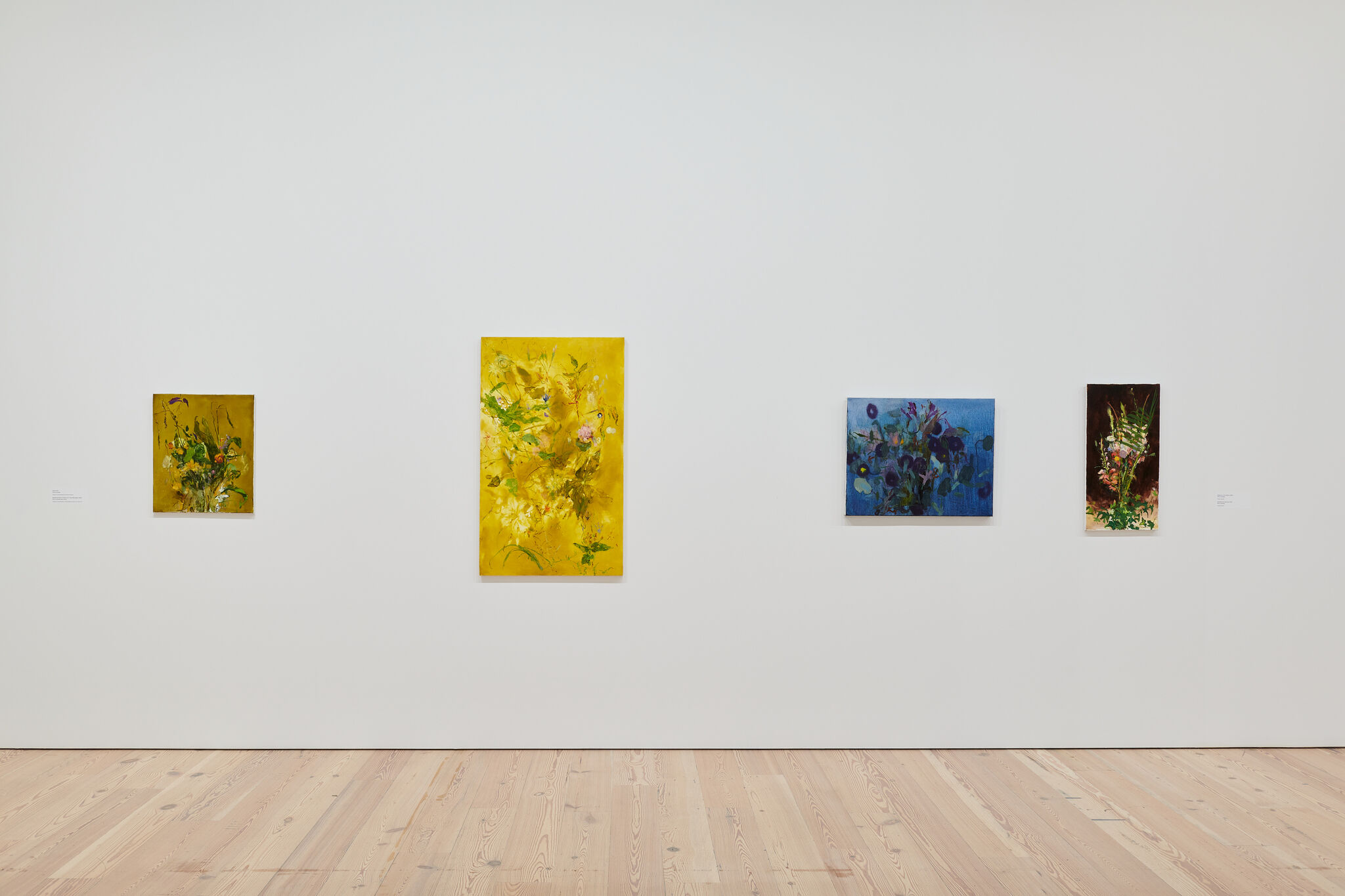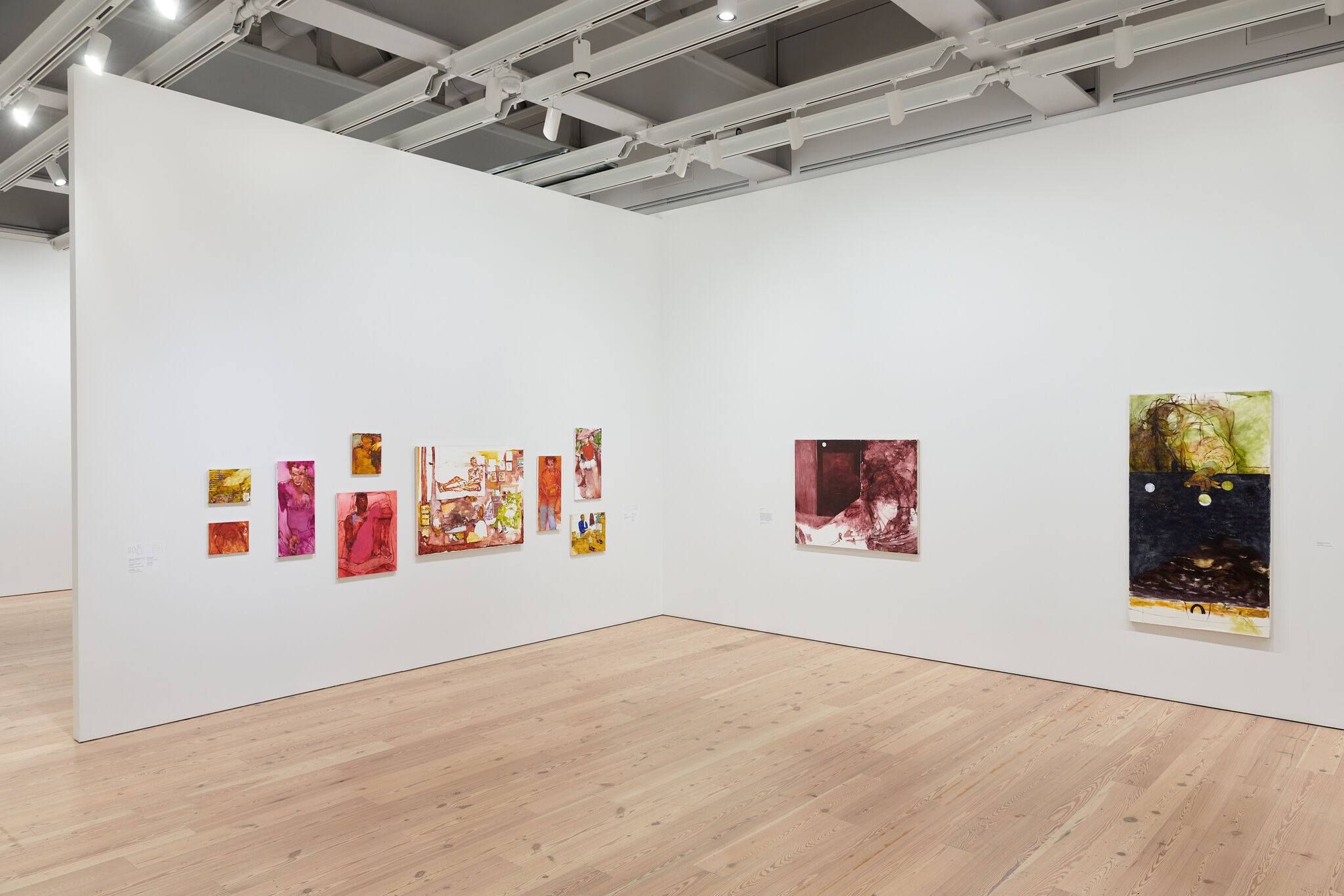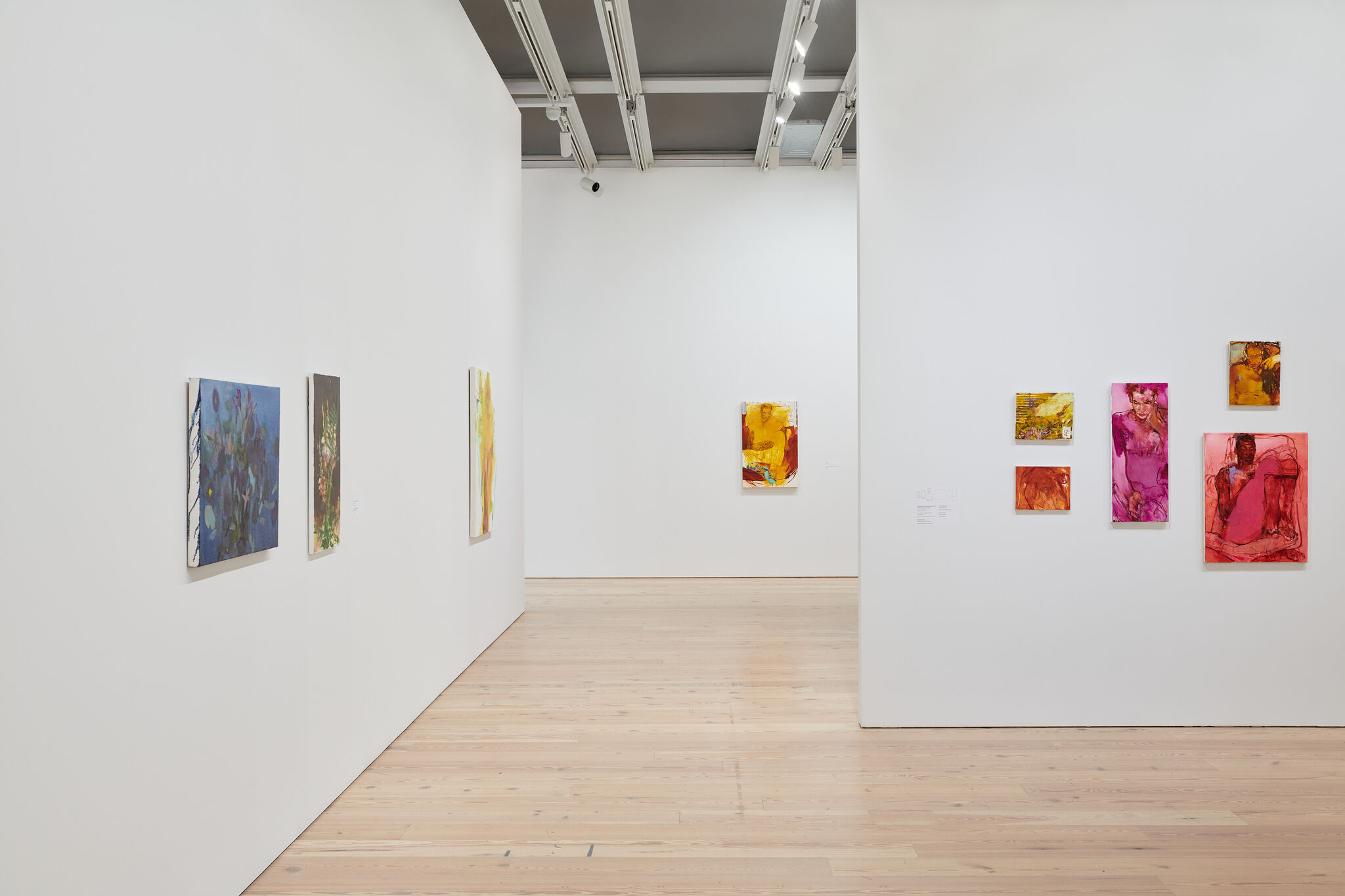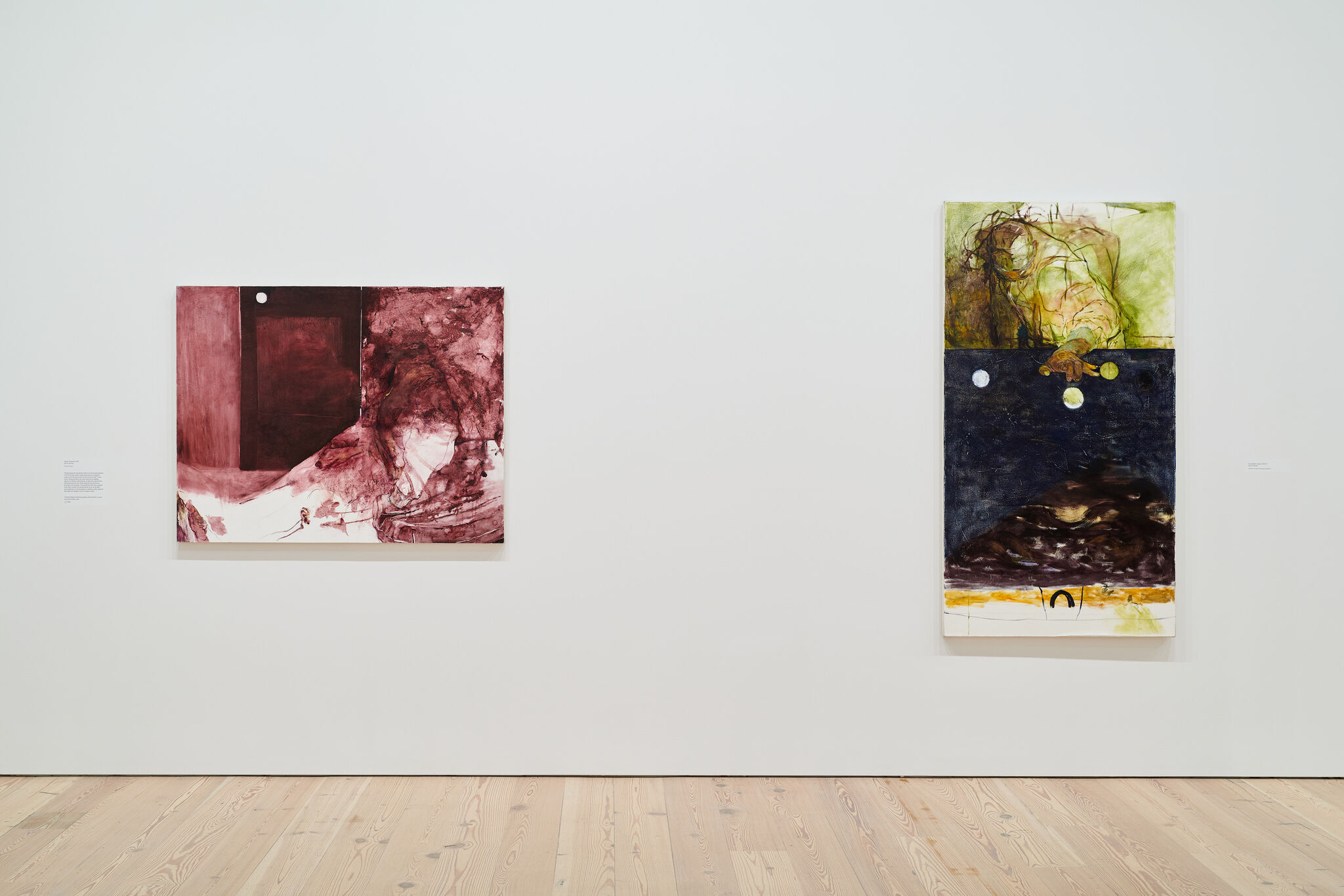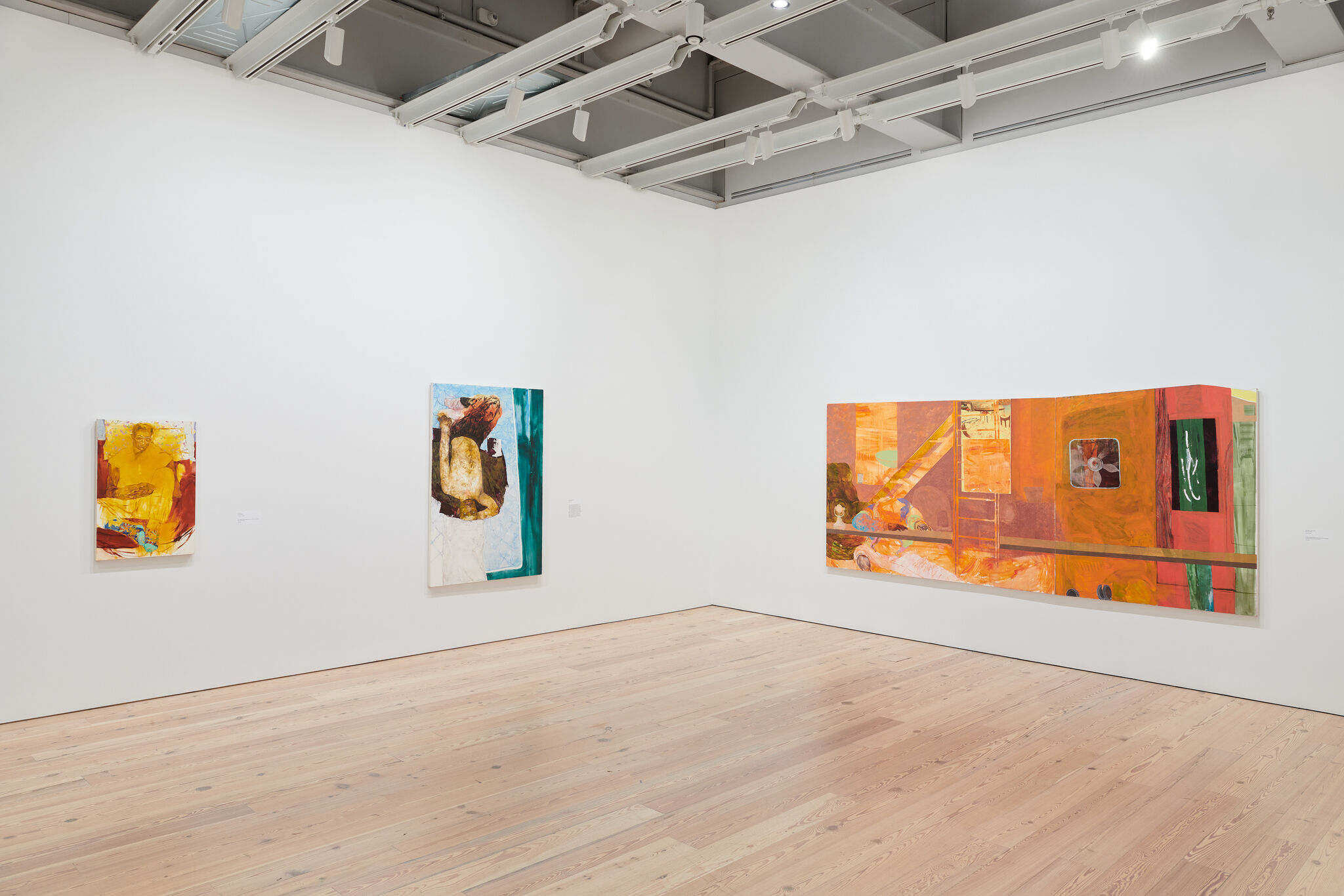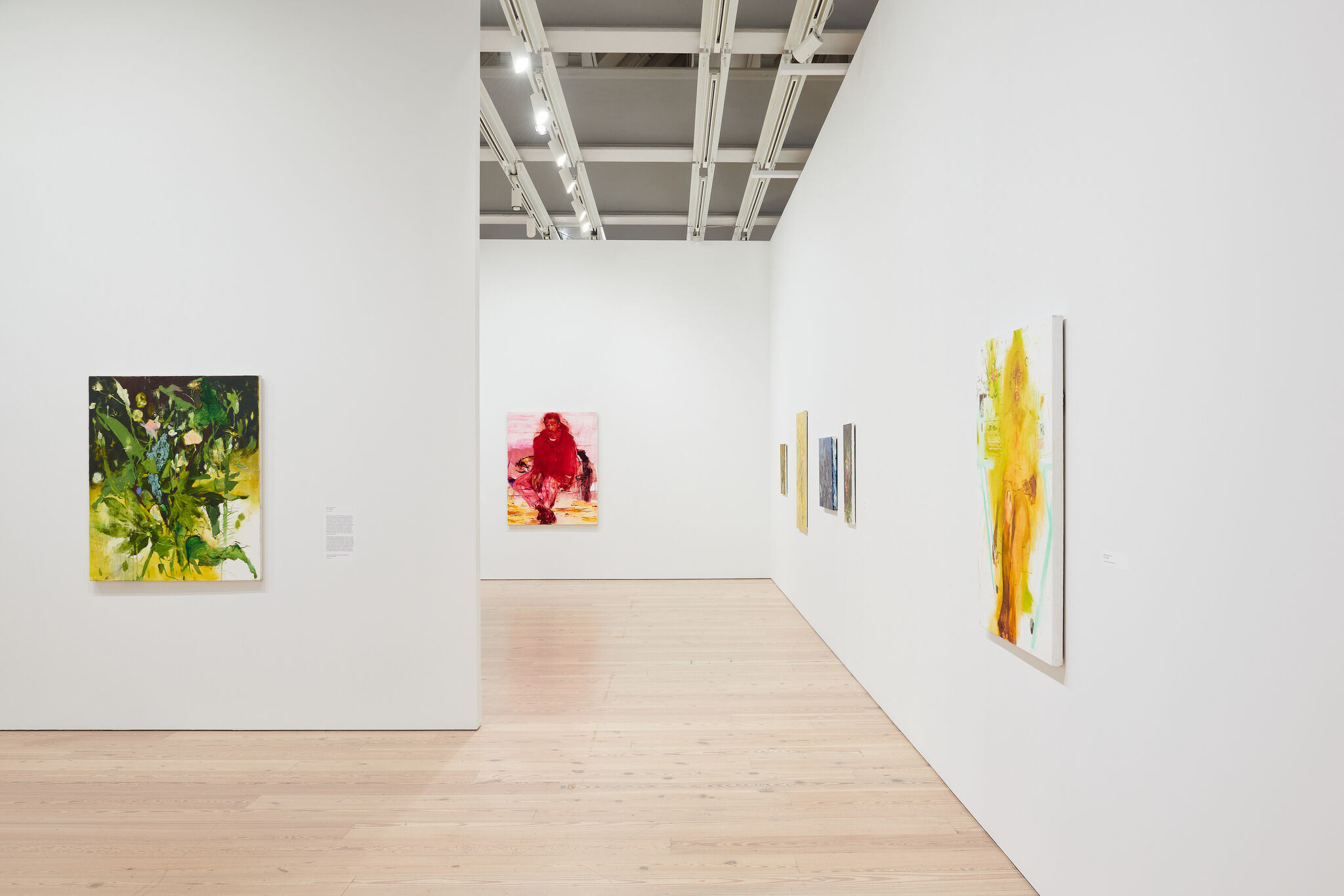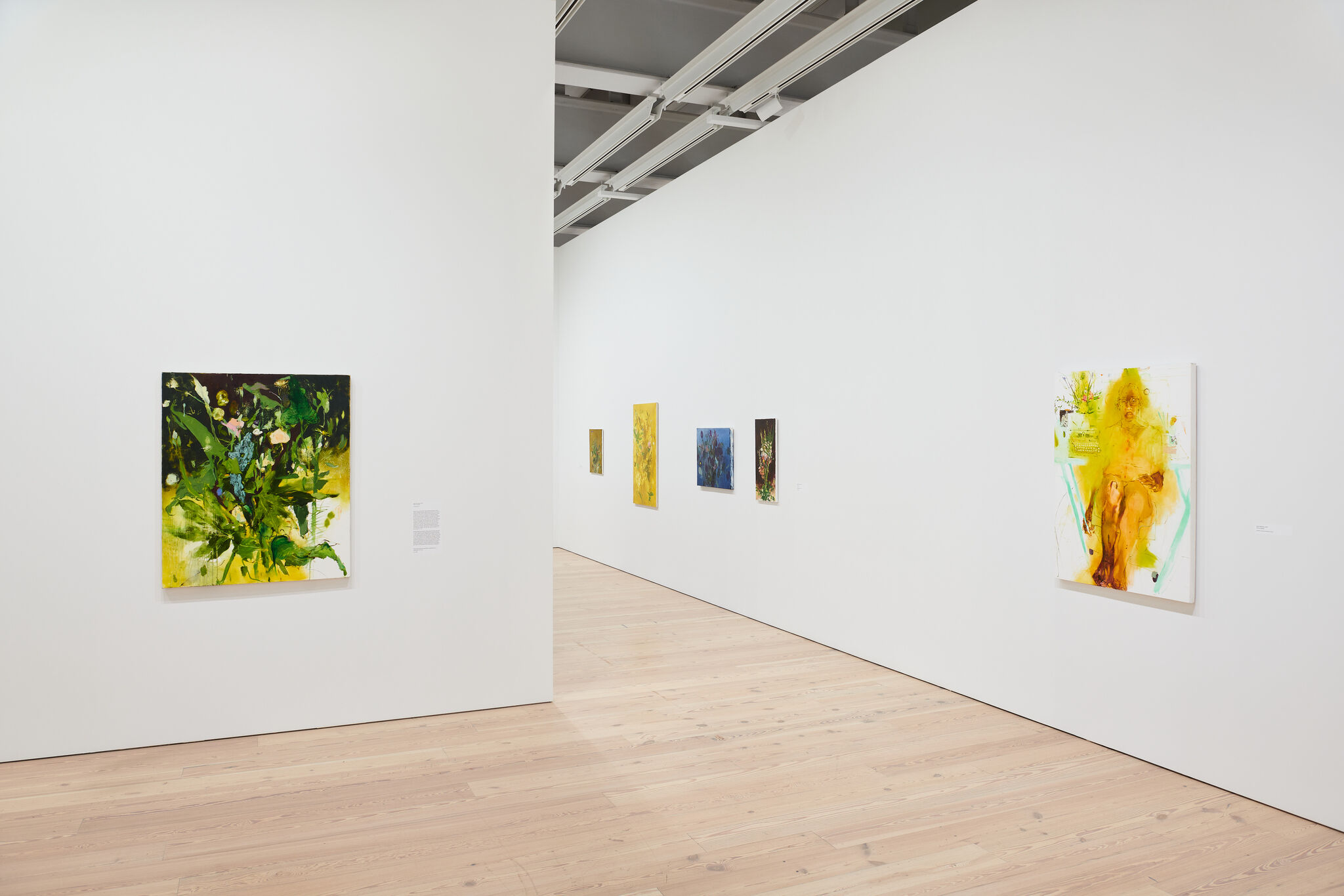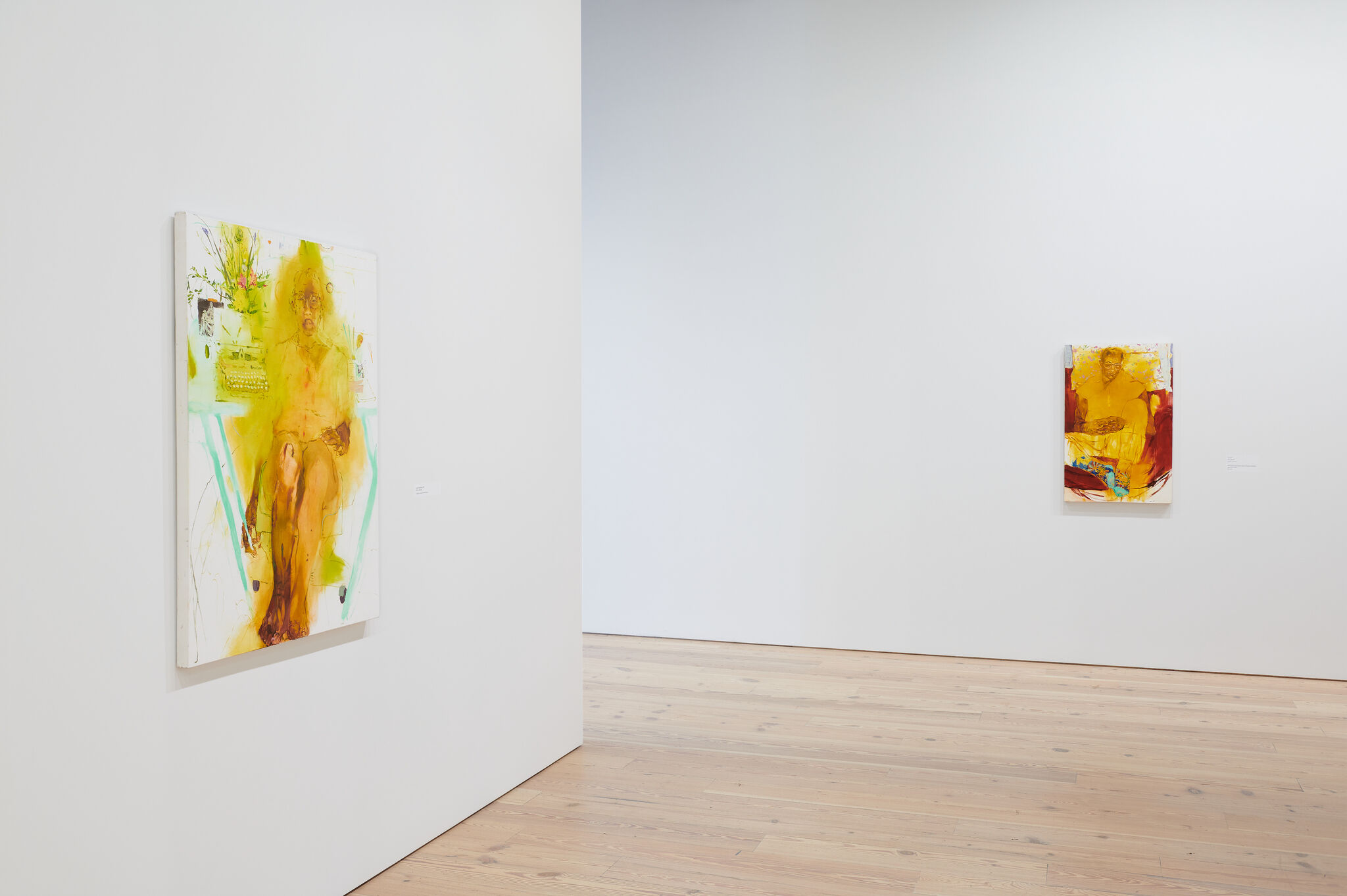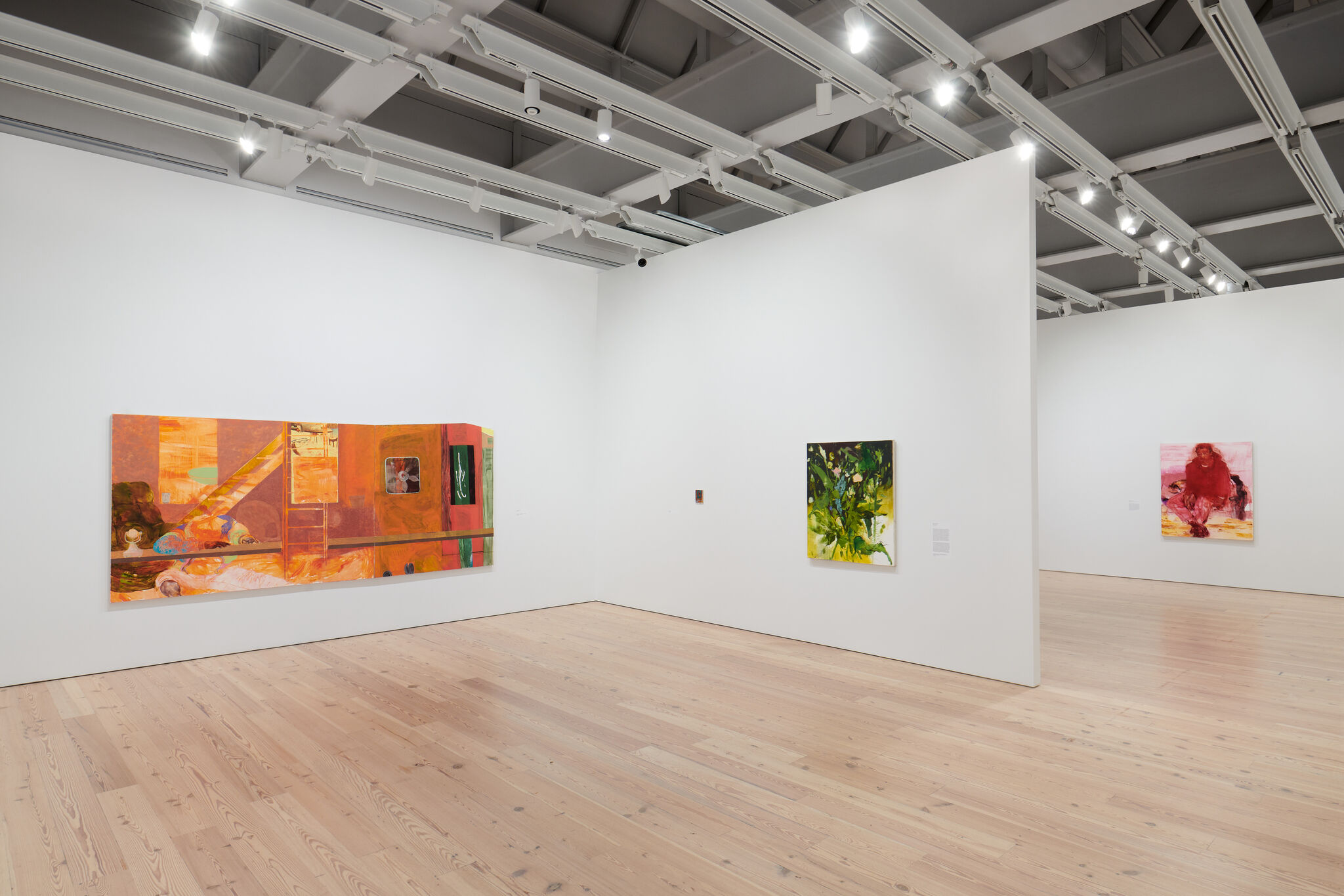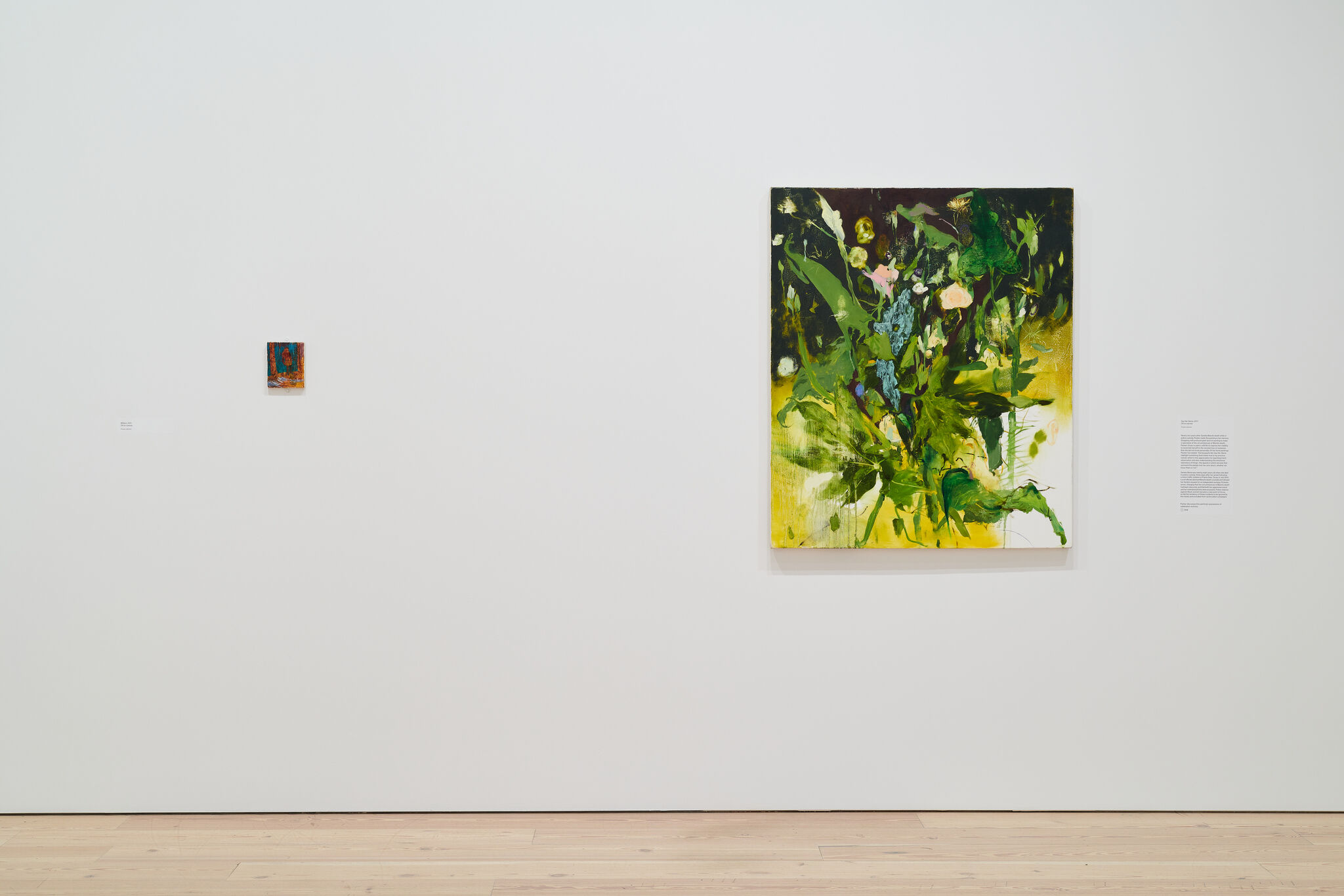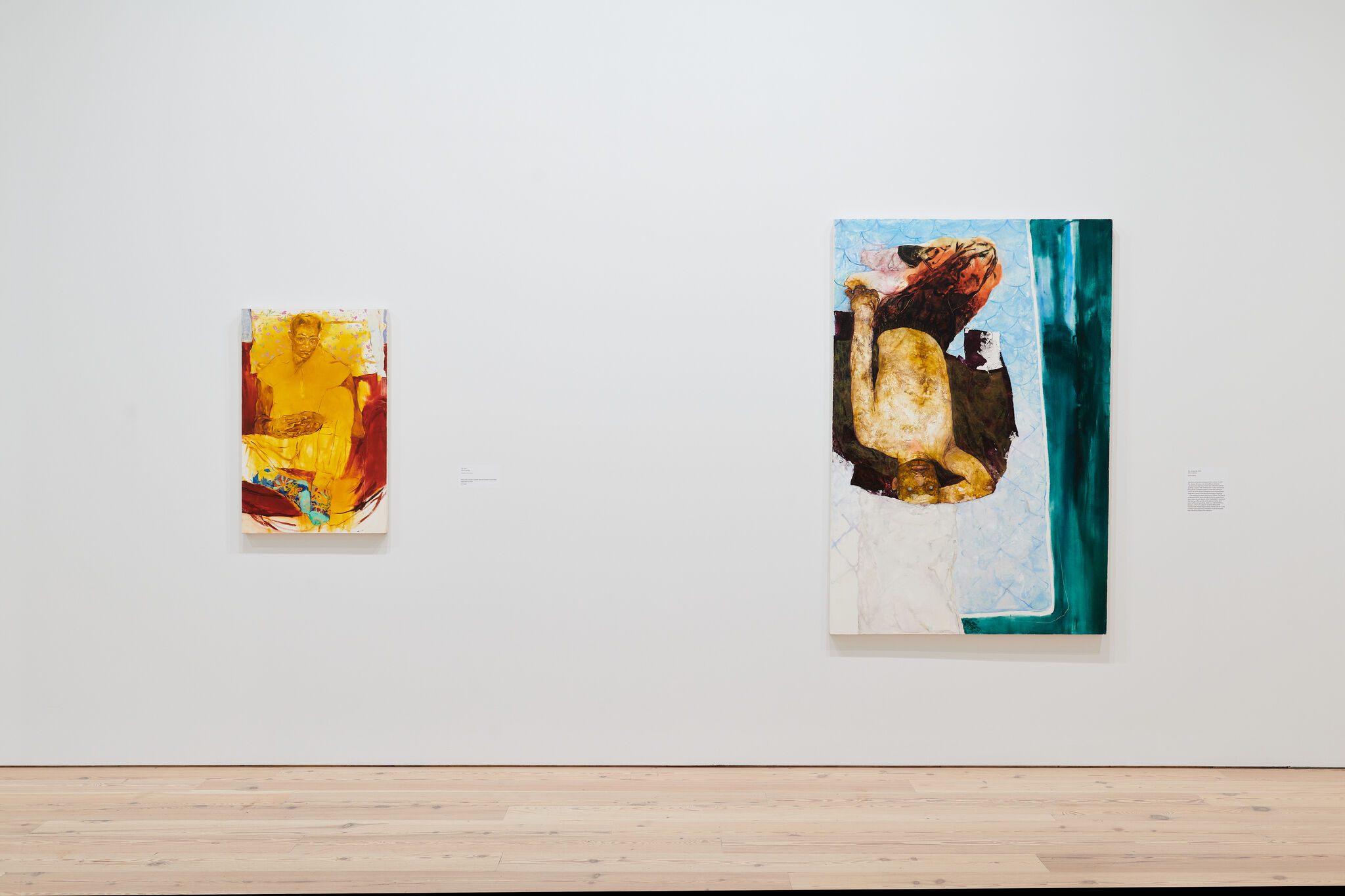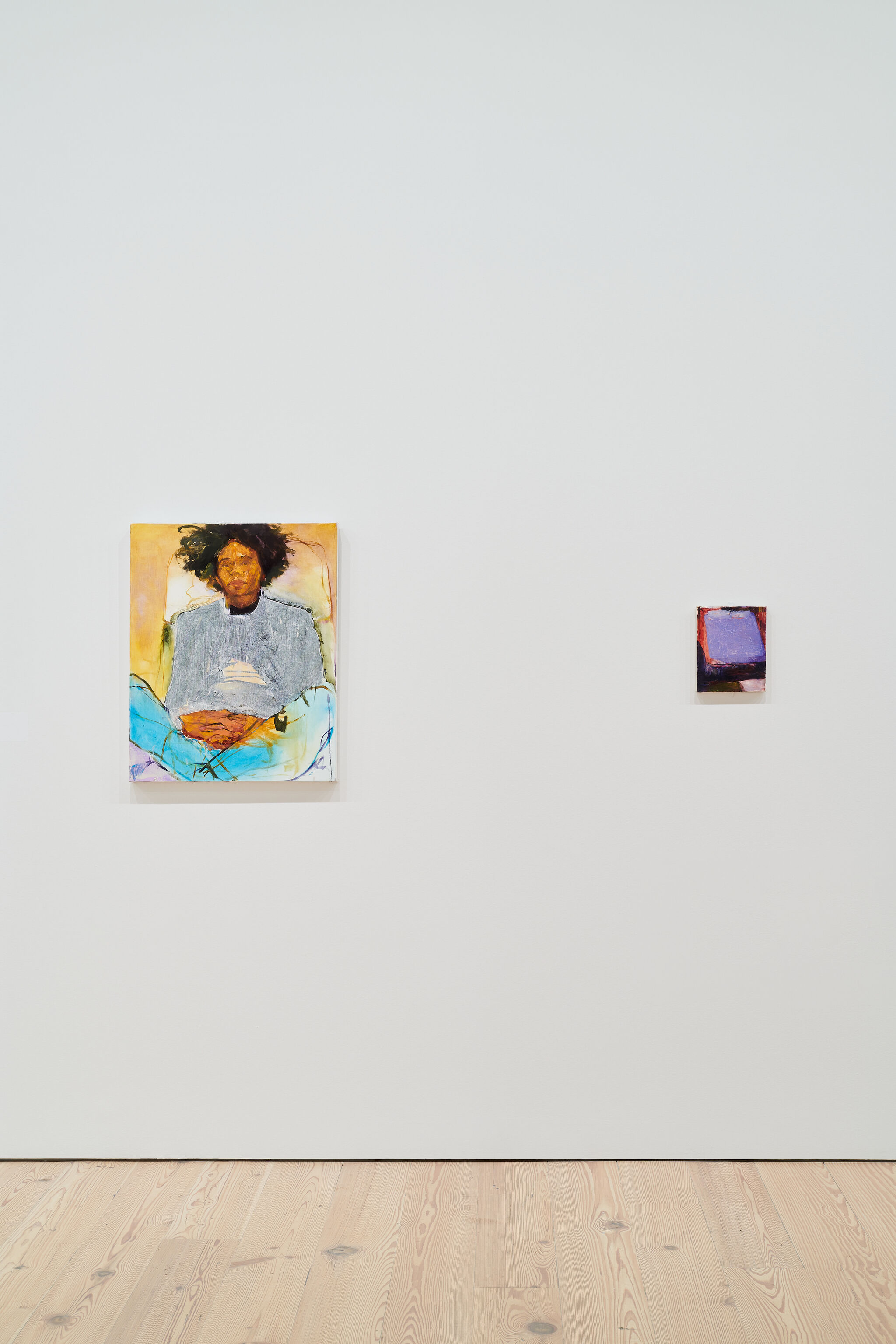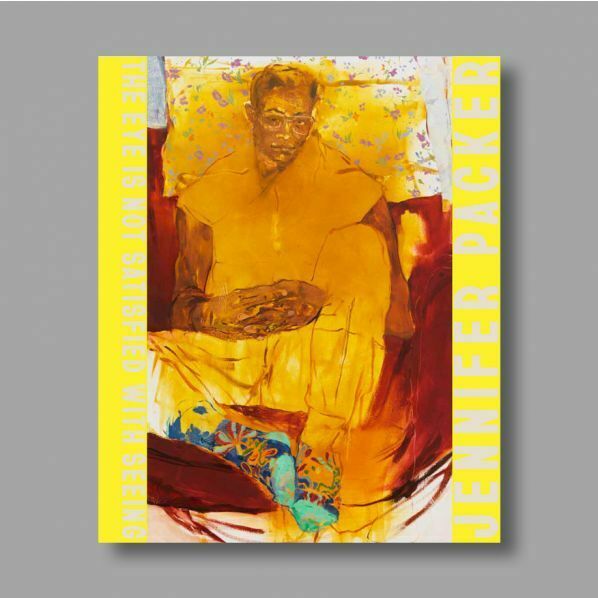Jennifer Packer: The Eye Is Not Satisfied With Seeing
Oct 30, 2021–Apr 17, 2022
Jennifer Packer’s paintings and drawings combine observation, memory, and improvisation. Featuring over thirty works from the past decade, The Eye Is Not Satisfied With Seeing is the largest survey of Packer’s practice to date. Her intimate renderings of friends, family, and flowers evoke the art historical genres of portraiture and still life, while also highlighting the politics of representation.
Her paintings, most recently seen at the Whitney in the 2019 Biennial, slide between the fidelity of depiction and the freedom of abstraction. This avowal of both clarity and opacity endows her paintings with the same complexity she sees in the Black sitters that populate her art—and the world. “My inclination to paint,” Packer has said, “especially from life, is a completely political one. We belong here. We deserve to be seen and acknowledged in real time. We deserve to be heard and to be imaged with shameless generosity and accuracy.”
Jennifer Packer: The Eye Is Not Satisfied With Seeing was initiated by Serpentine and curated by Melissa Blanchflower, Curator, Exhibitions and Public Art with Natalia Grabowska, Assistant Curator. The presentation at the Whitney is organized by Rujeko Hockley, Arnhold Associate Curator, and Jane Panetta, Nancy and Fred Poses Curator and Director of the Collection, with Ambika Trasi, Curatorial Assistant.
The lead sponsor for Jennifer Packer: The Eye Is Not Satisfied with Seeing is the Jerome L. Greene Foundation.

This exhibition is also sponsored by

Generous support is provided by Judy Hart Angelo.
Significant support is provided by Candy and Michael Barasch, Further Forward Foundation, and Dawn and David Lenhardt.
Additional support is provided by Bernard I. Lumpkin and Carmine D. Boccuzzi and Jackson Tang.
Jennifer Packer and Hans Ulrich Obrist Discuss the Meaning and Method of Painting Today
What can a painting suggest about a meaningful life? On the occasion of Jennifer Packer: The Eye Is Not Satisfied With Seeing, Hans Ulrich Obrist talks with Jennifer Packer to find out.
Read this interview extract in Cultured Magazine.
Read the full interview in the exhibition catalogue.
Vision Impaired
6
Packer began to experiment with monochromatic painting in 2015 as way to give “equal importance to negative space and the adornment of the environment” in her work. Using primarily one color became an editing device for Packer, allowing her to eliminate details that felt inessential to her, while emphasizing presence through color density. This painting’s title may suggest that when certain formal elements, such as tactility, are “impaired” or de-stressed in a painting, other aspects, like light and shadow, can be foregrounded.
Events
View all-
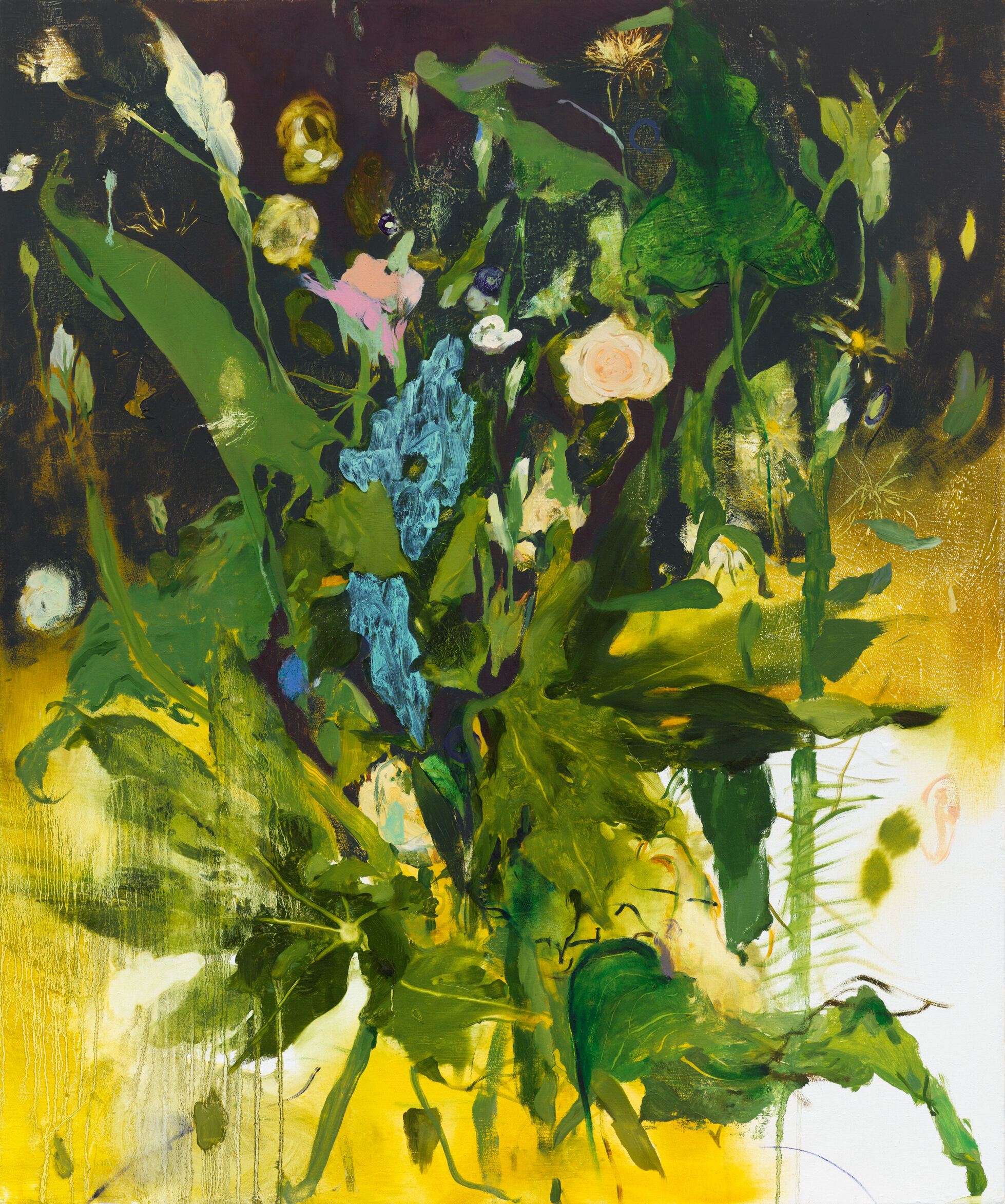
A Conversation with Jennifer Packer
Wednesday, February 16, 2022
7 pm -
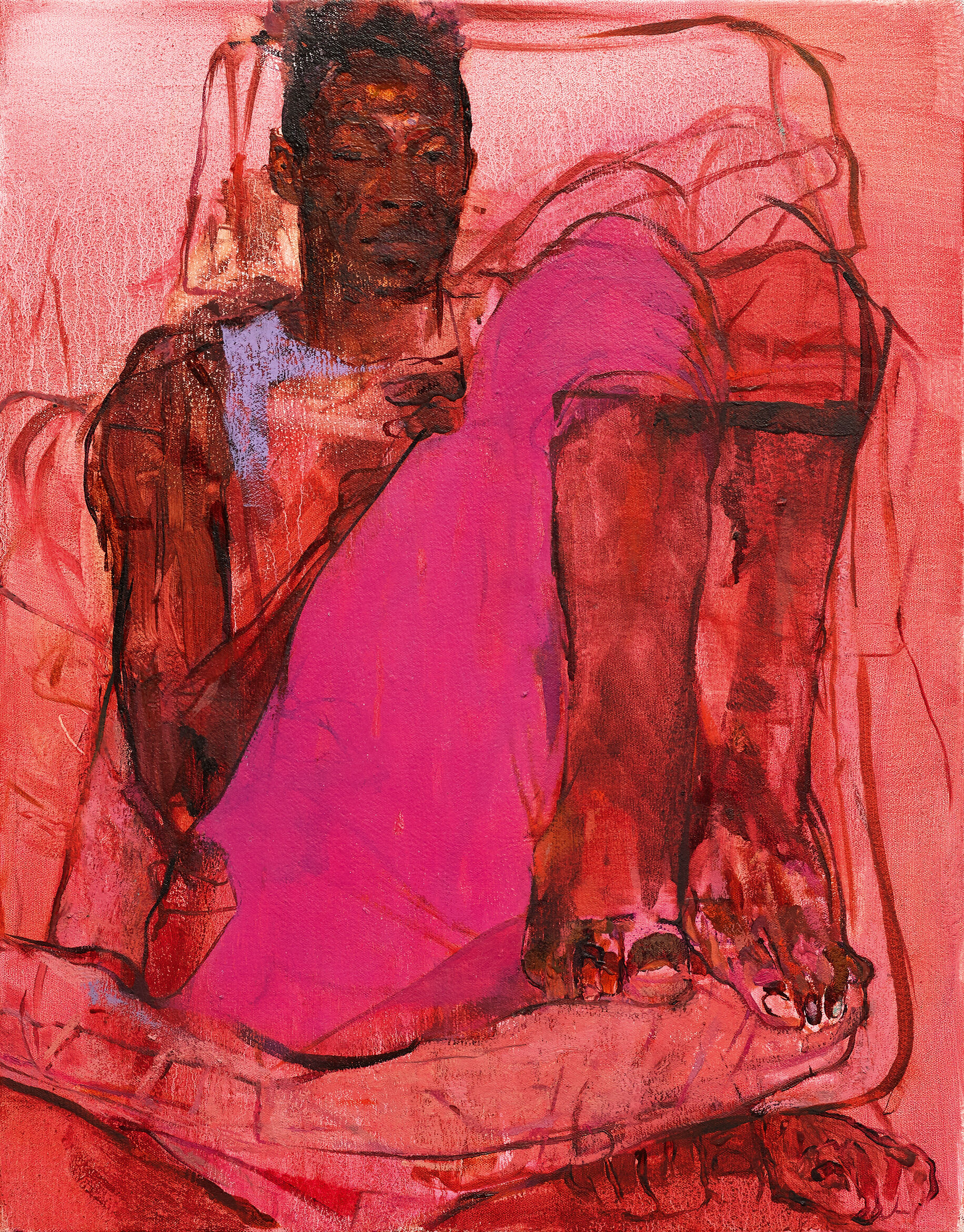 Course on Contemporary Art:
Course on Contemporary Art:
Subjecthood in Painting TodayTuesday, January 18, 2022
6 pm -
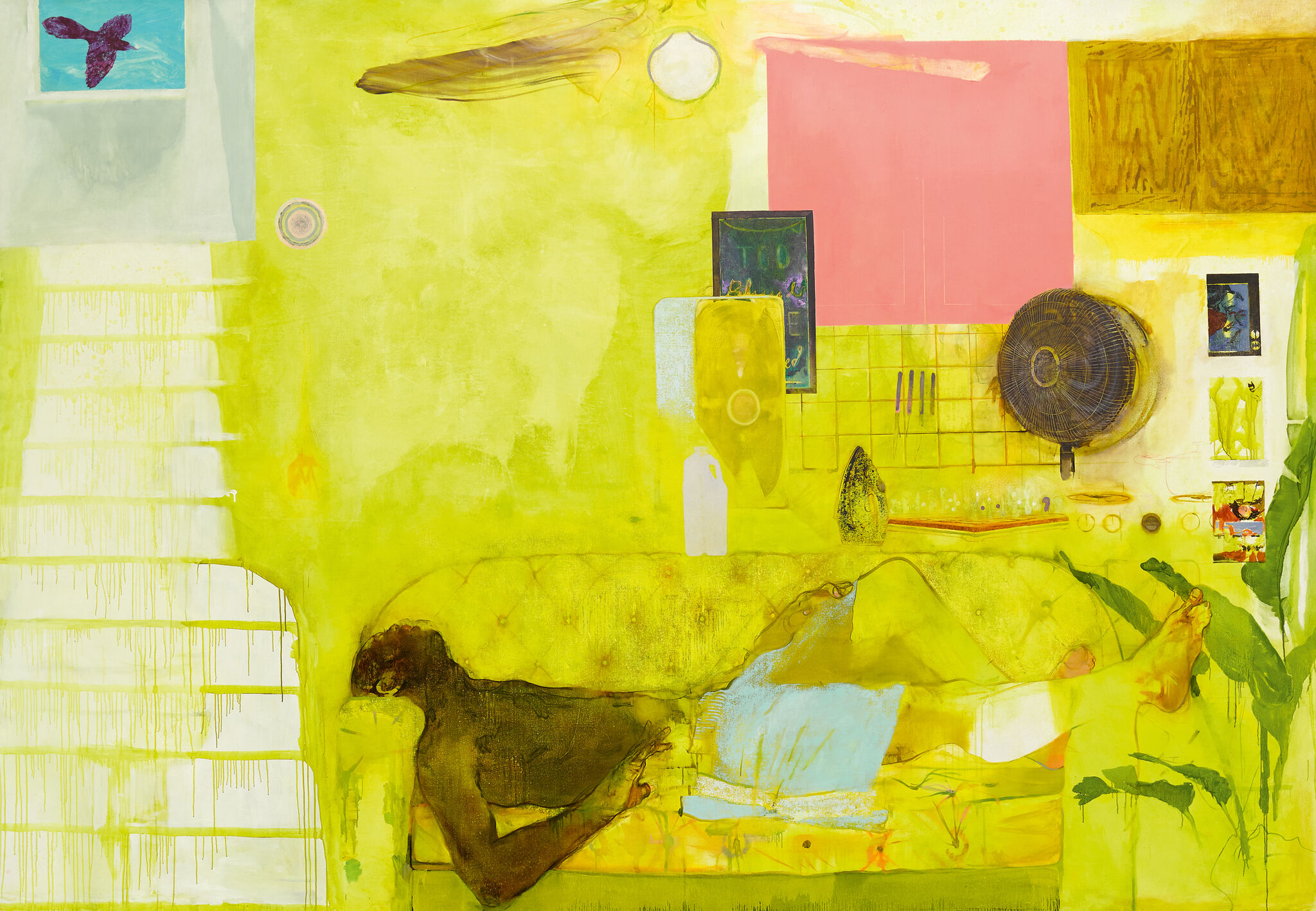 Ask a Curator: Jennifer Packer: The Eye Is Not Satisfied With Seeing
Ask a Curator: Jennifer Packer: The Eye Is Not Satisfied With SeeingTuesday, December 14, 2021
6–7 pm -
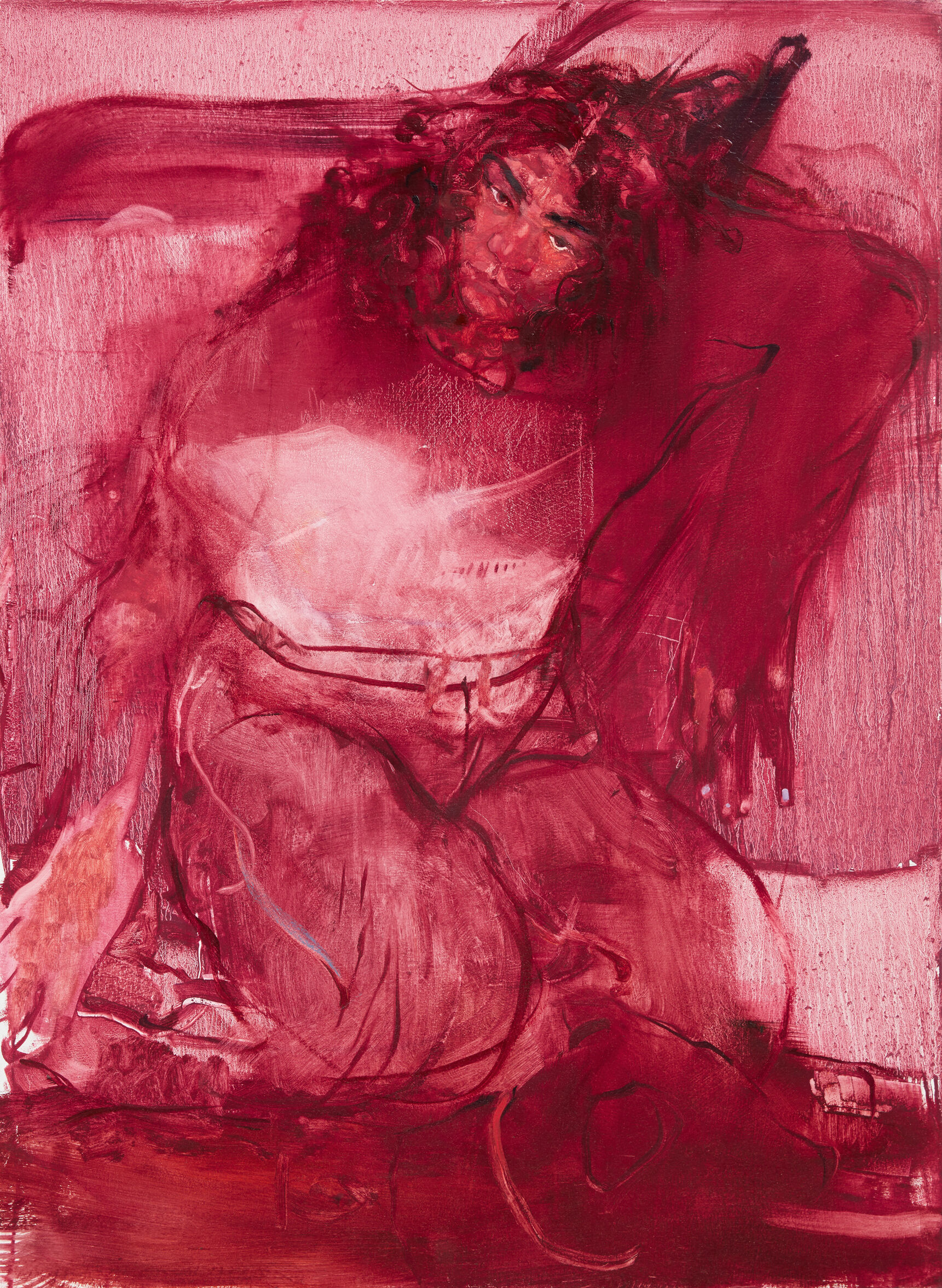
Absence that Fills the World:
The Figure in the Work of Jennifer Packer, Jasper Johns, and MoreMonday, December 6, 2021
6 pm
Mobile guides
Hear from artists, curators, and scholars on selected works from the exhibition.
Exhibition Catalogue
On the occasion of Jennifer Packer’s exhibition The Eye Is Not Satisfied With Seeing, Serpentine has co-published a catalogue with Verlag der Buchhandlung Walther und Franz König. Richly illustrated and designed by Roland Brauchli, it includes contributions by a number of artists and art historians including Rizvana Bradley, bell hooks, Dona Nelson, Christina Sharpe, Lynette Yiadom-Boakye, and an interview between Jennifer Packer and Serpentine Artistic Director Hans Ulrich Obrist.
Christina Sharpe’s insightful new text “Abundant With Light” focuses on both the political and emotional resonance of Packer’s practice. Artist and writer Lynette Yiadom-Boakye has written short texts and a poem that can be read with Packer’s paintings in mind. An extended interview between the artist and Hans Ulrich Obrist delves deeply into her practice and her artistic influences from Caravaggio to Fantin Latour to Kehinde Wiley. Art Historian Rizvana Bradley’s scholarly essay “The Weathering of Form: Jennifer Packer’s Abstract Figures” centers on works in the exhibition and positions Packer within discourses of Black art theory. Artist Dona Nelson, Packer’s former painting tutor, recounts a studio visit with the artist in early March 2020, prior to the global lockdown. Nelson’s intimate perceptions of new paintings are inextricably connected to that specific time and place. The catalogue also includes bell hooks’s seminal 1992 essay “Representing Whiteness in the Black Imagination,” which remains an important influence on Packer’s practice.
Buy now
Explore works from this exhibition
in the Whitney's collection
View 2 works
In the News
". . . the show is as beautiful as it is haunting." —The Brooklyn Rail
"Jennifer Packer [. . .] rises to a next level of painting from life, the photograph, and the imagination." —Vulture
"In a world oversaturated with figurative work, Packer’s paintings stand apart, showing us a world that is as multifaceted and muddled as real life." —Artsy
". . . Jennifer Packer is [. . .] unusually gifted at grounding emotion in the sort of precise visual details [. . .] that put viewers on intimate terms with the present moment." —The New Yorker
"In her powerful solo show at the Whitney, [Jennifer Packer] peers beyond the surface of grief." —The Village Voice
"In a virtuosic solo show at the Whitney, [Jennifer Packer] finds her subjects’ complex humanity, and offers a new way forward for representation." —The New York Times

